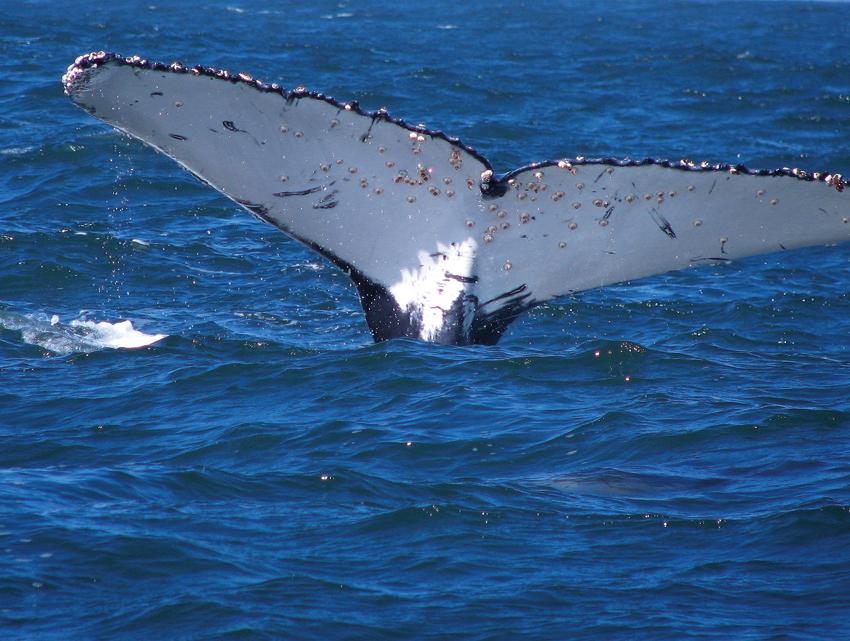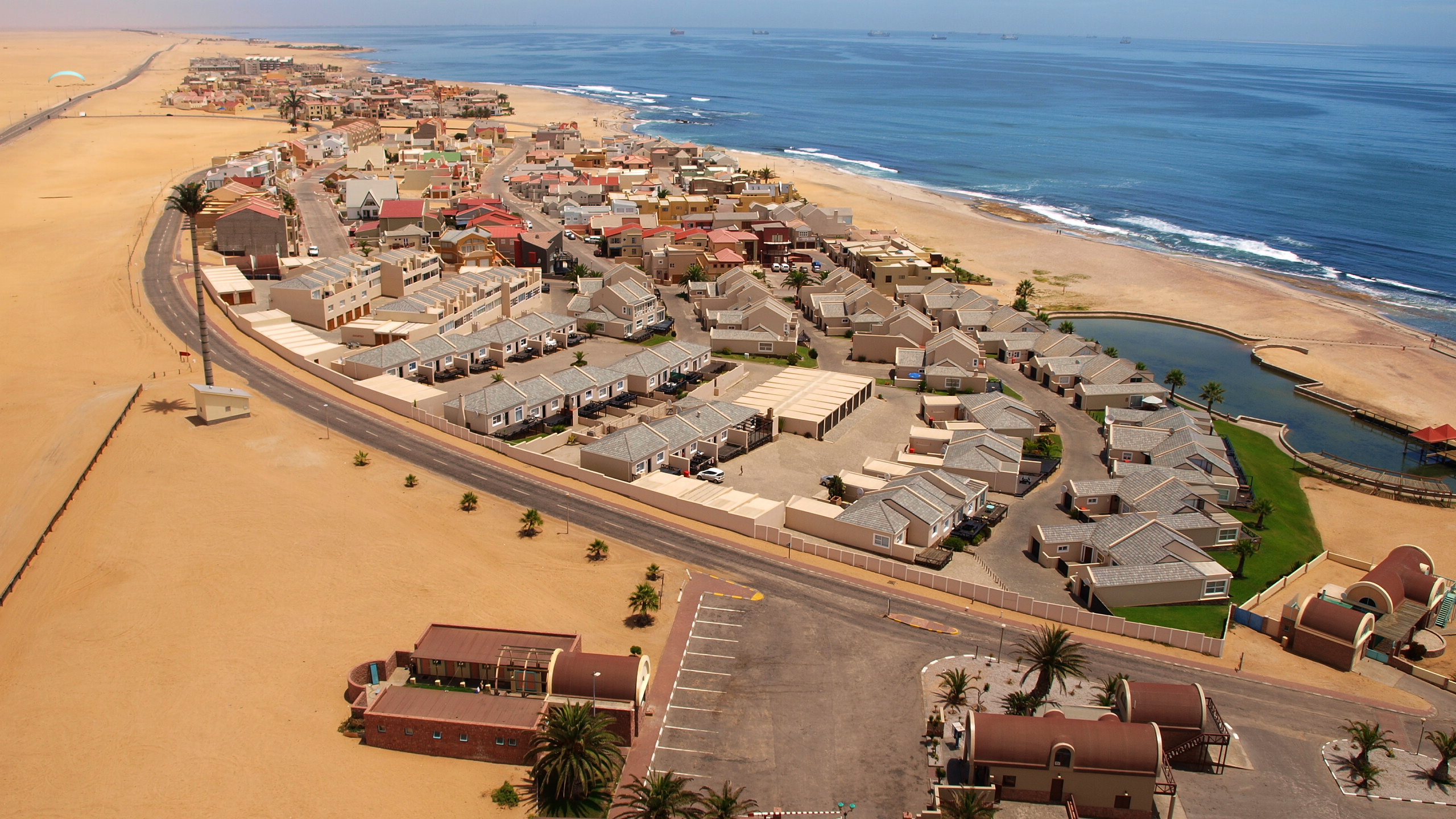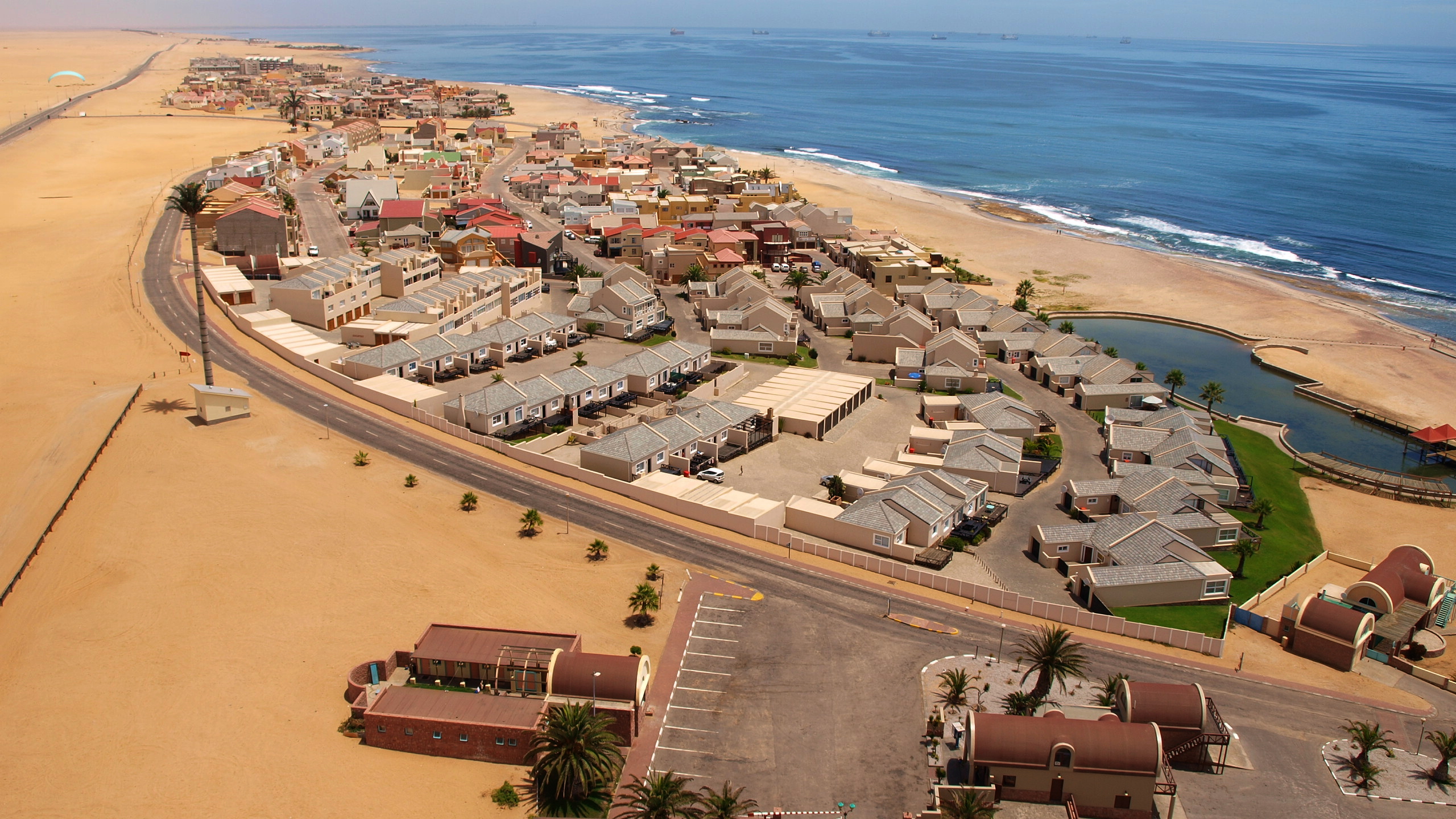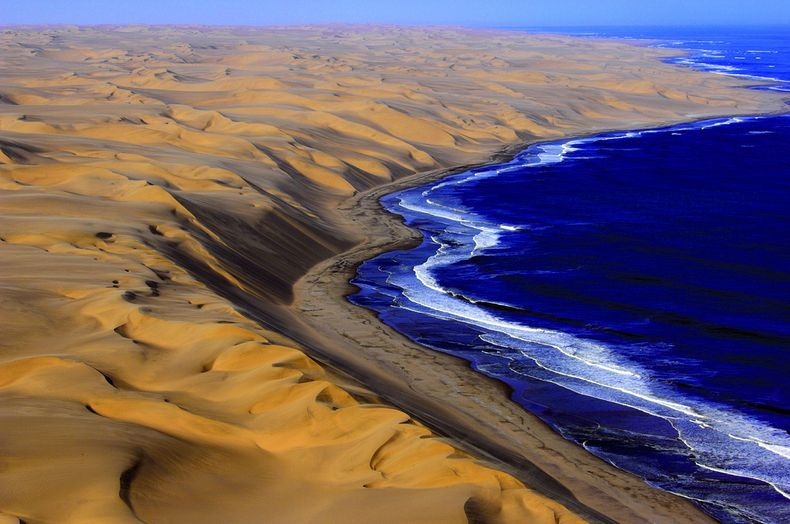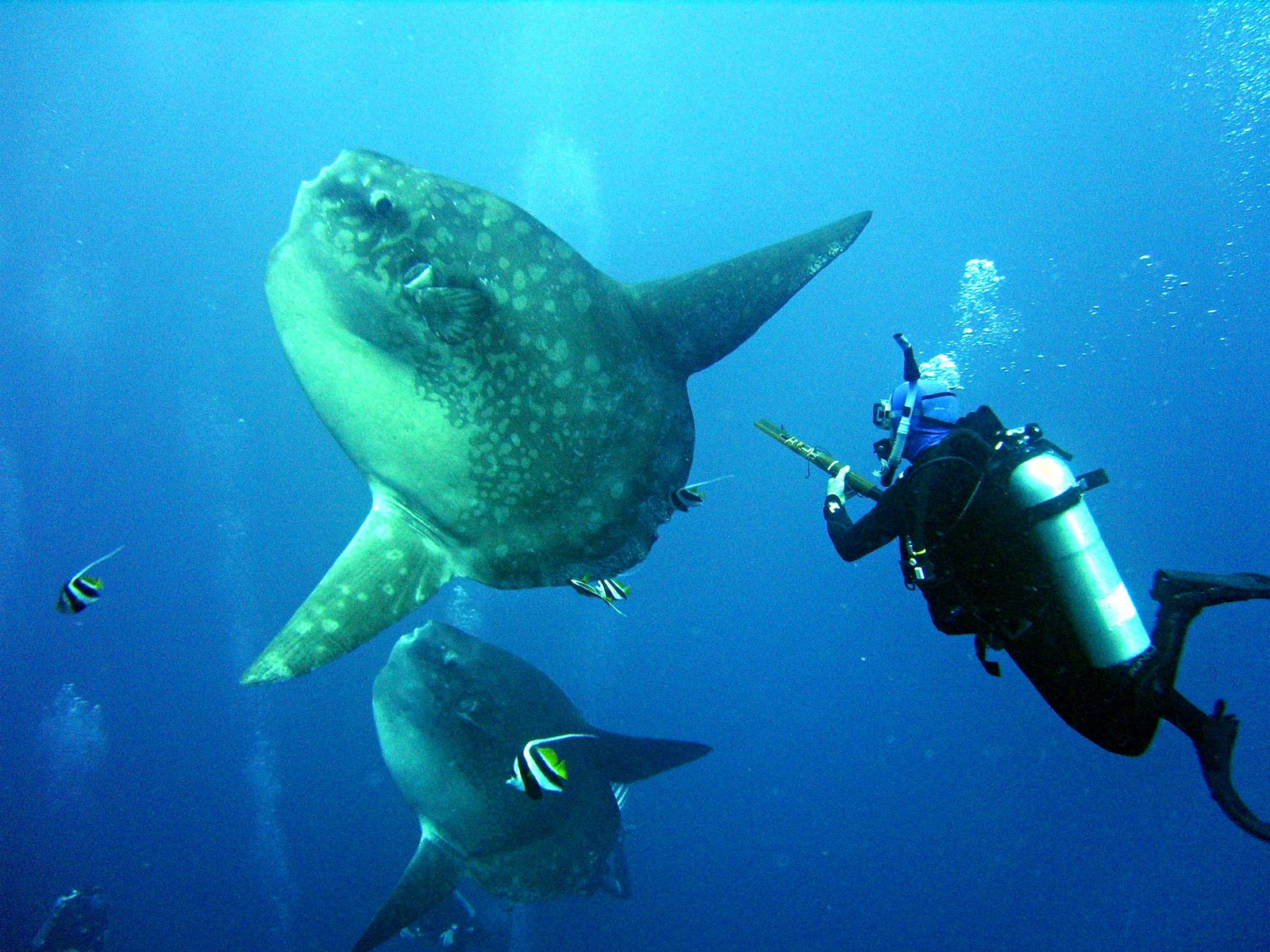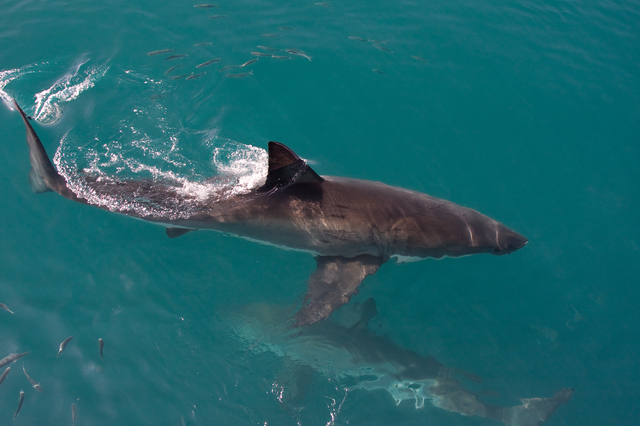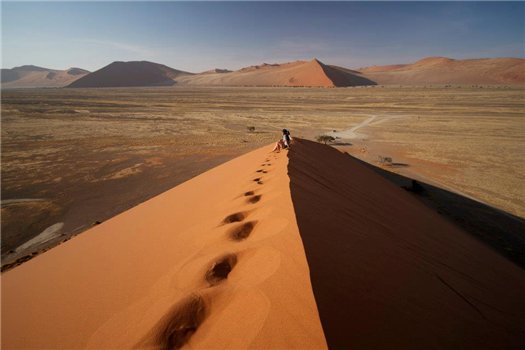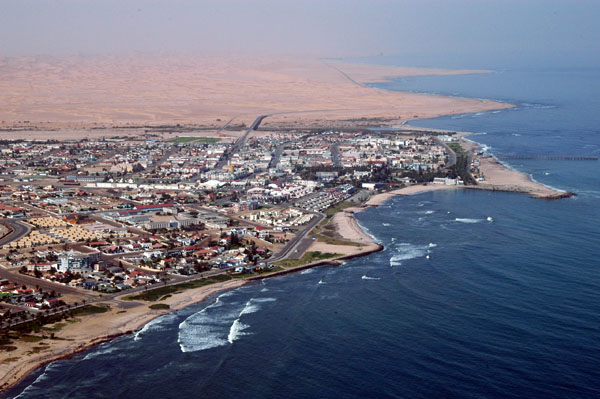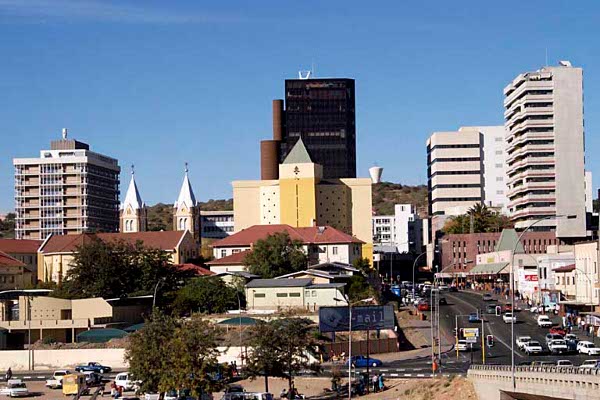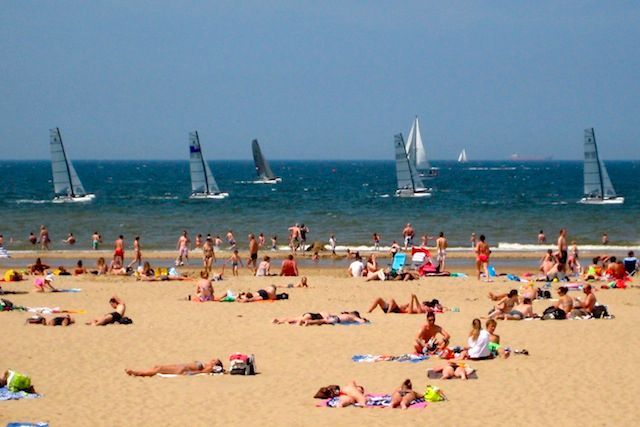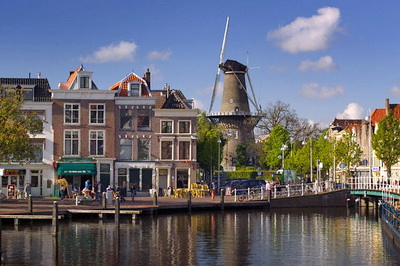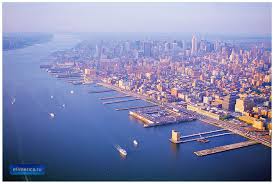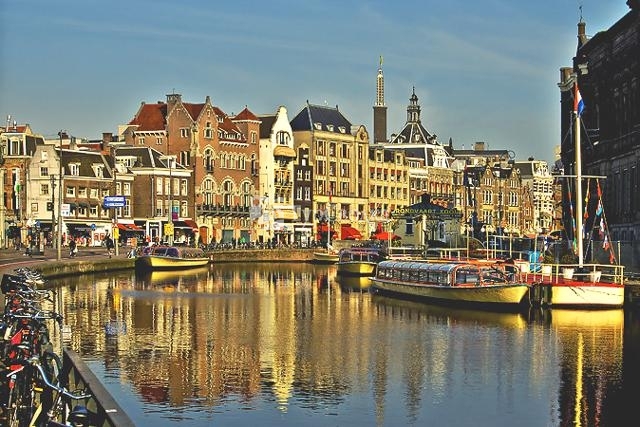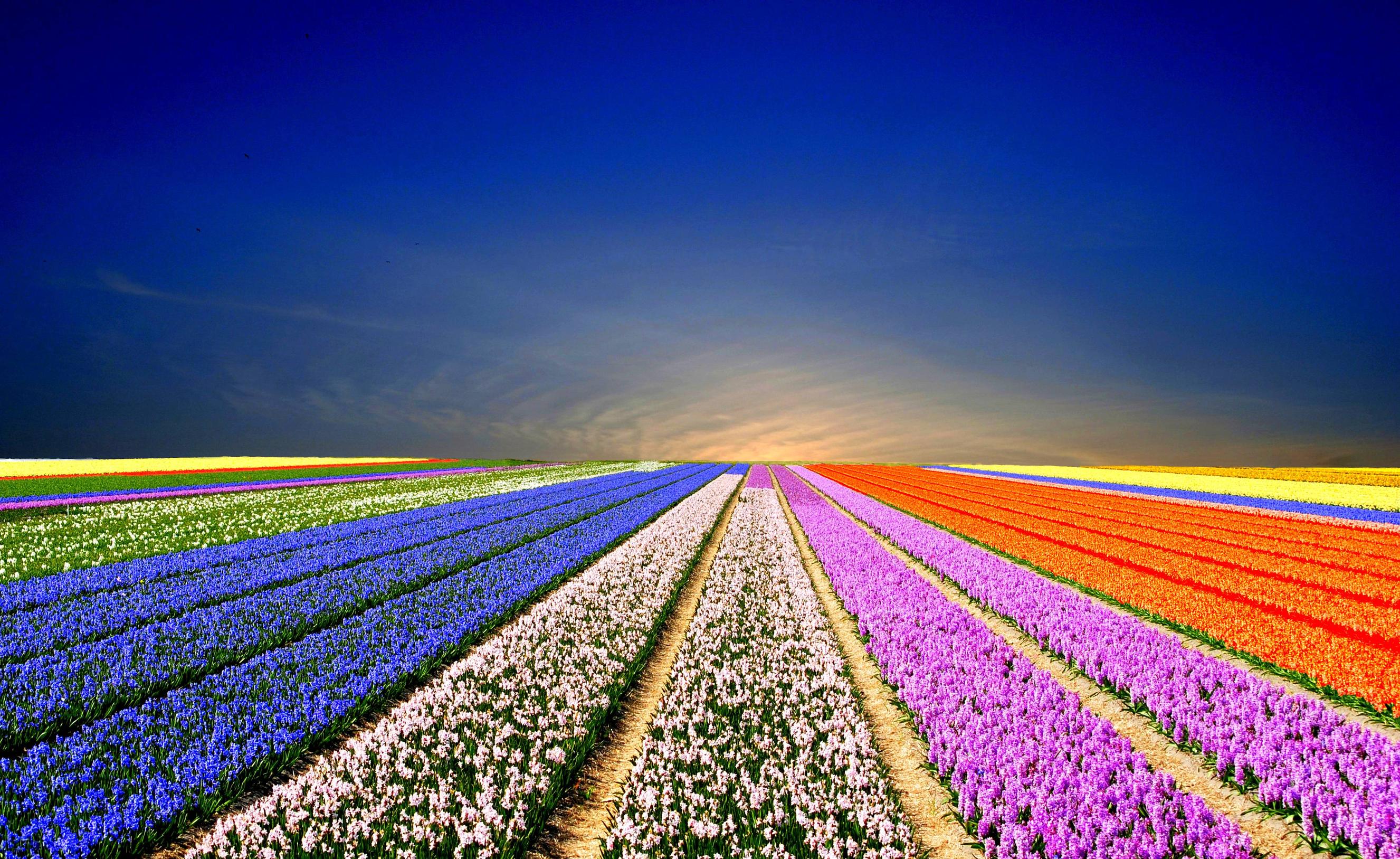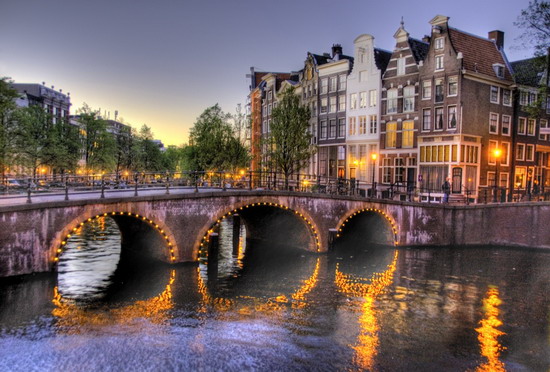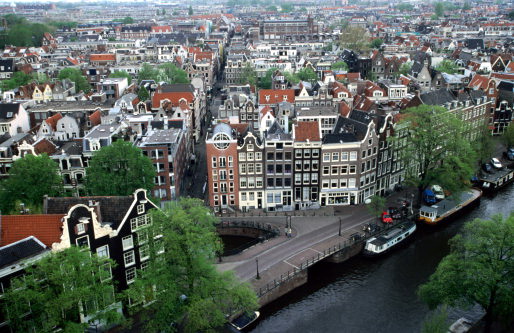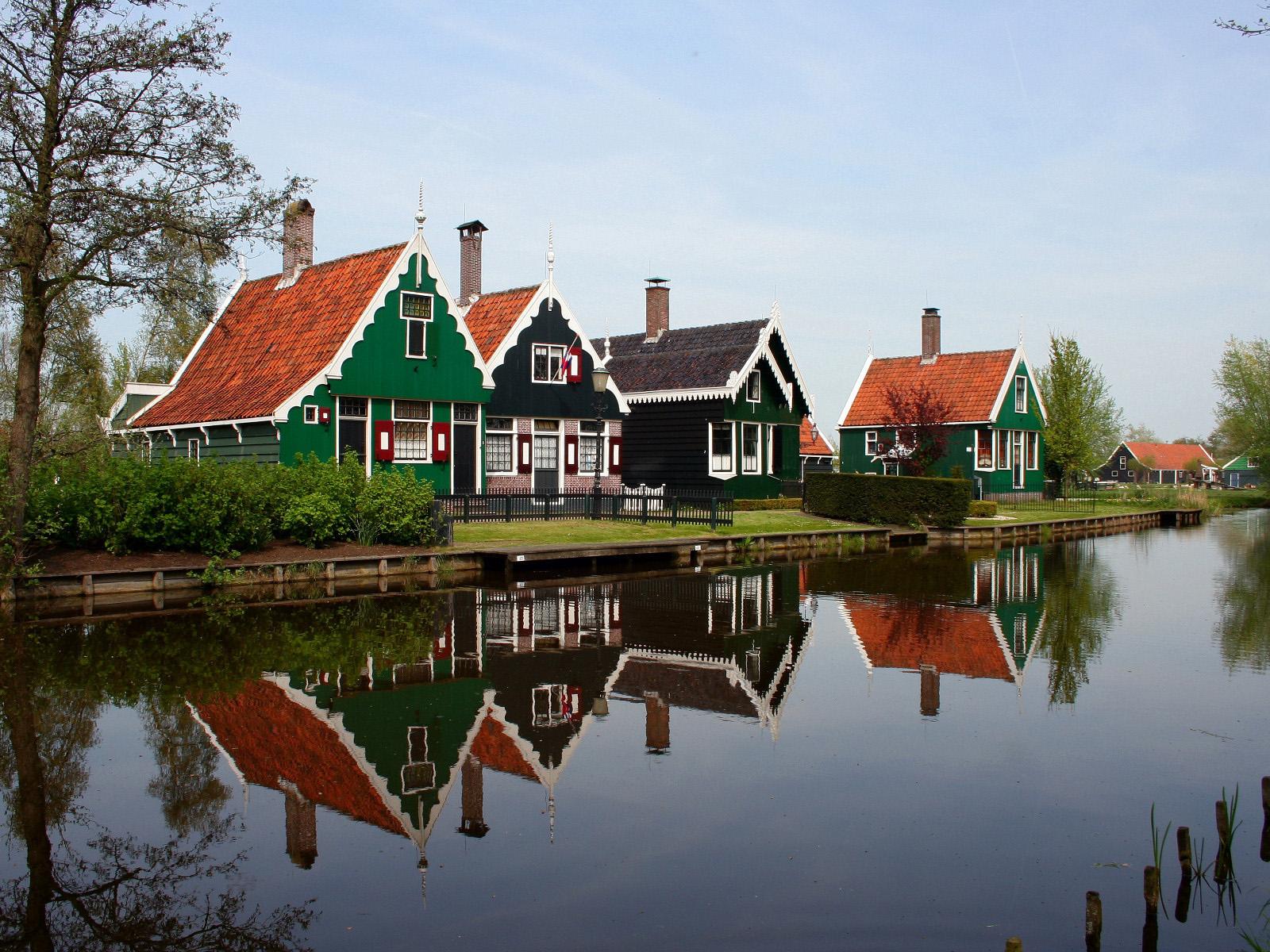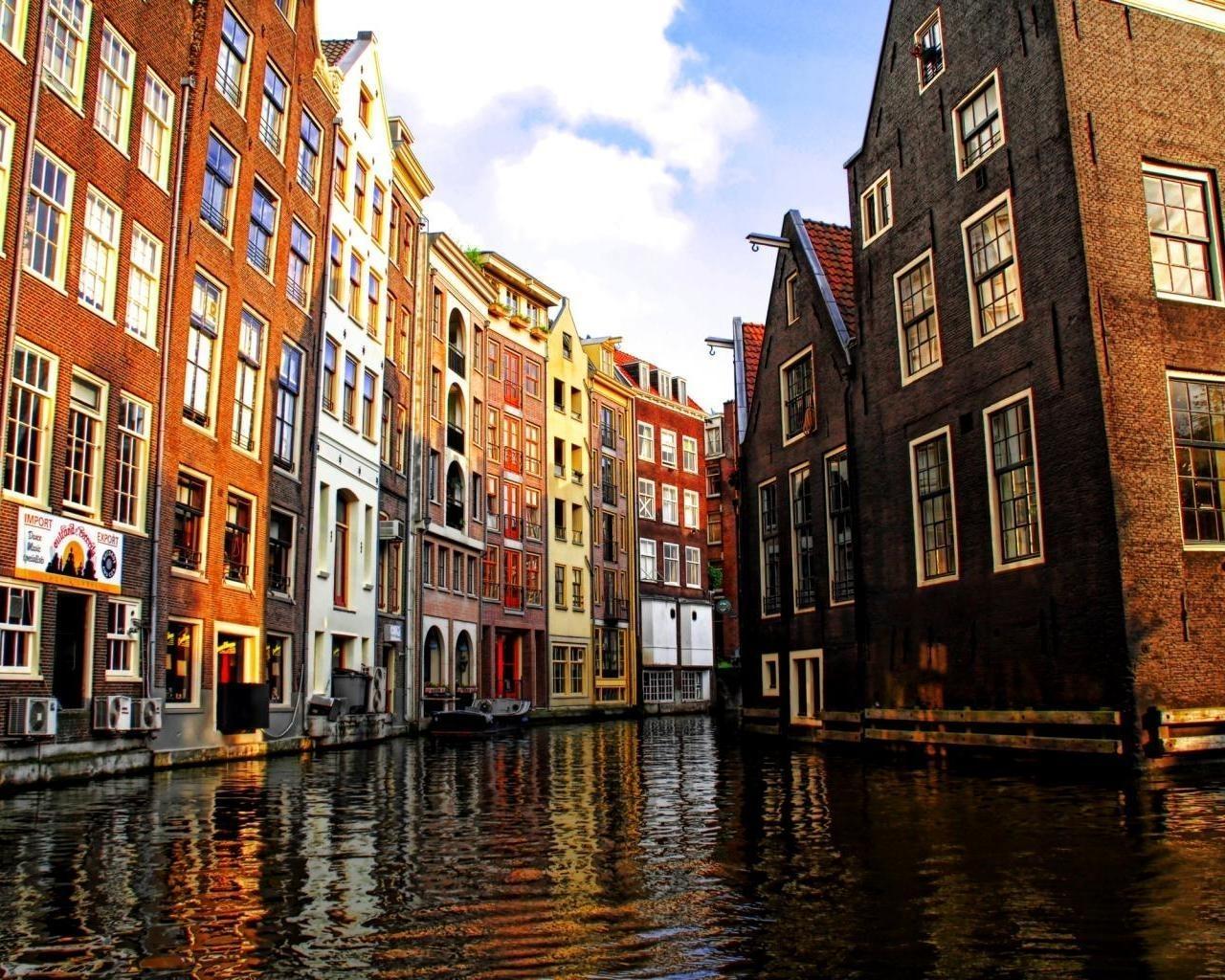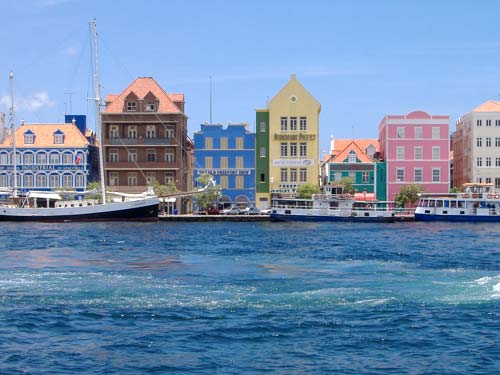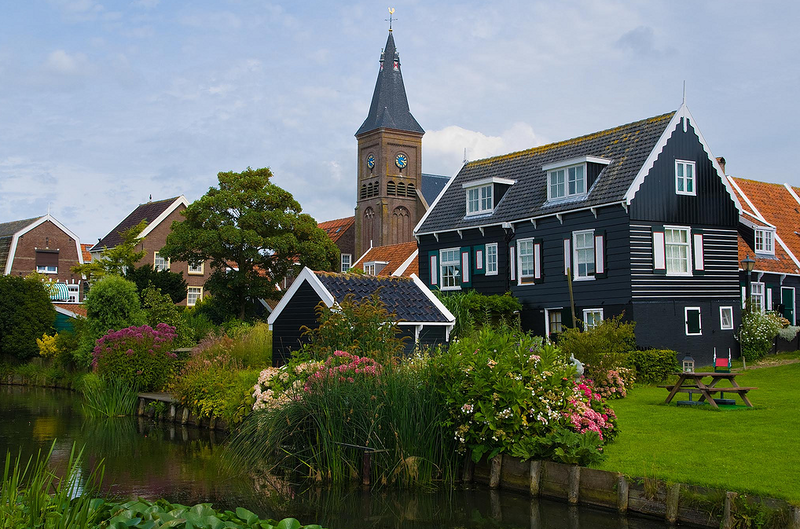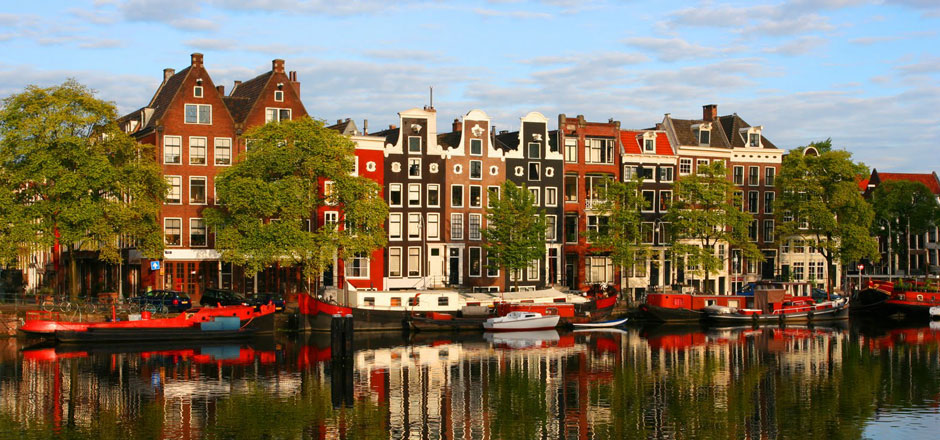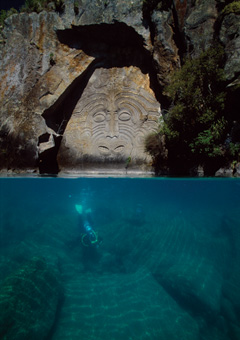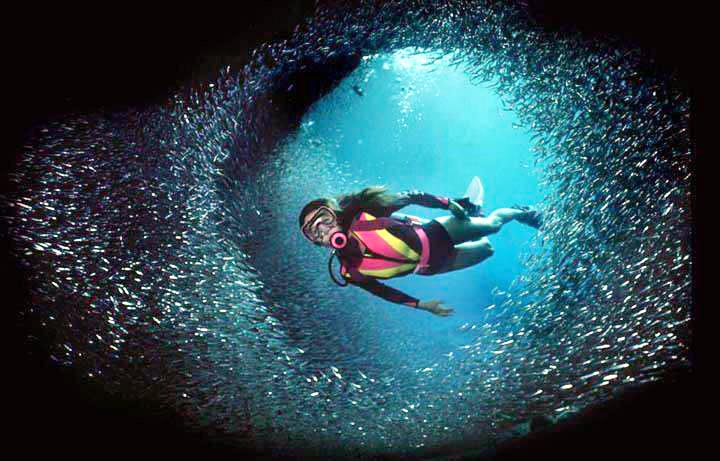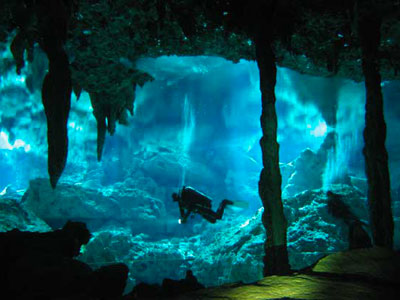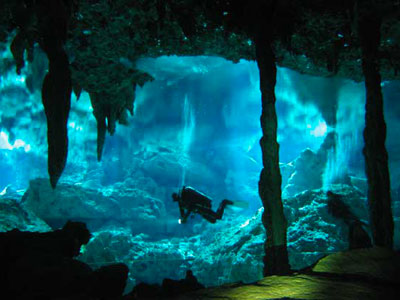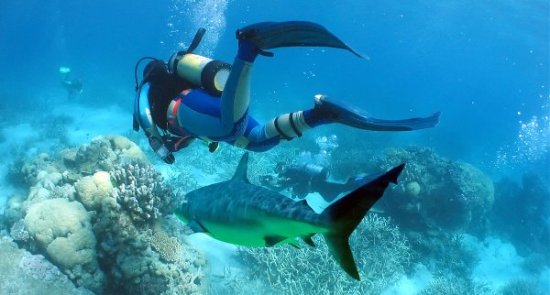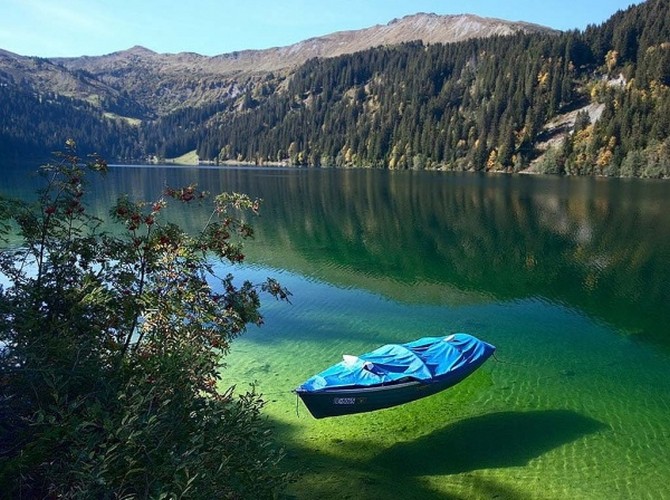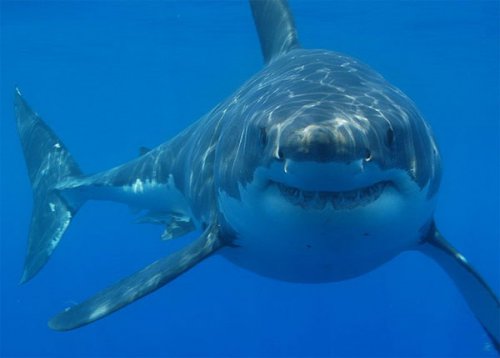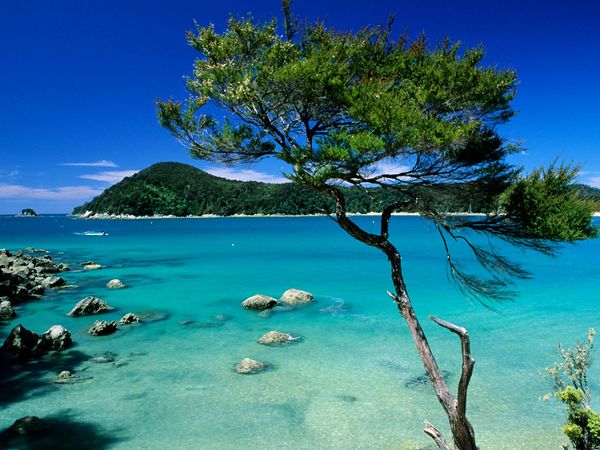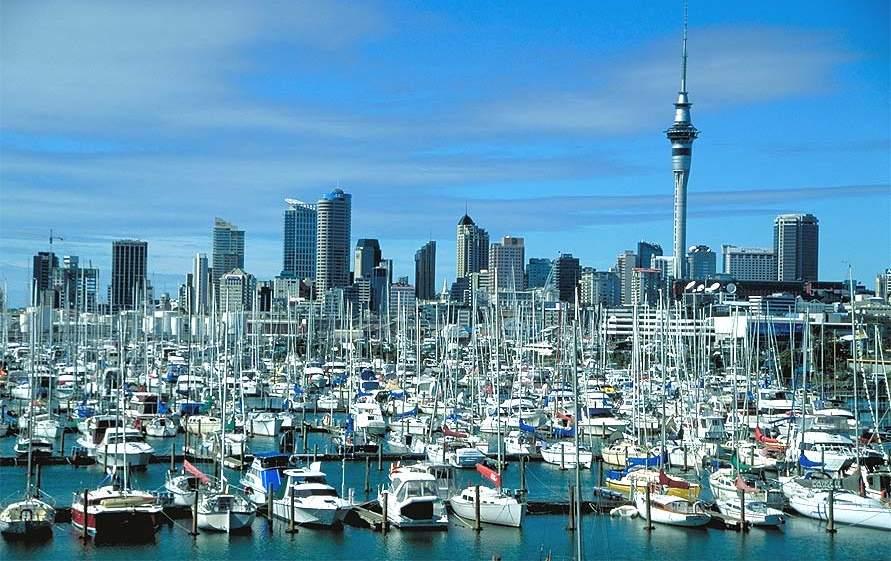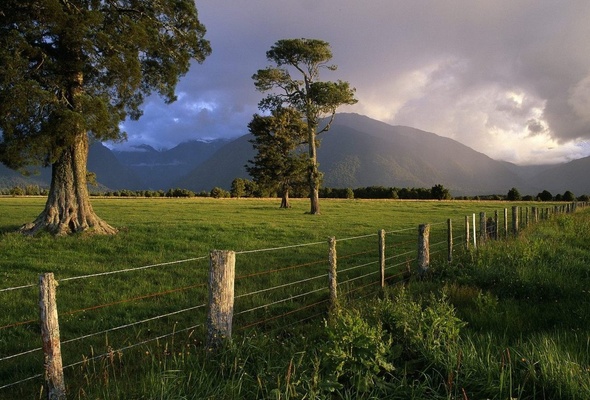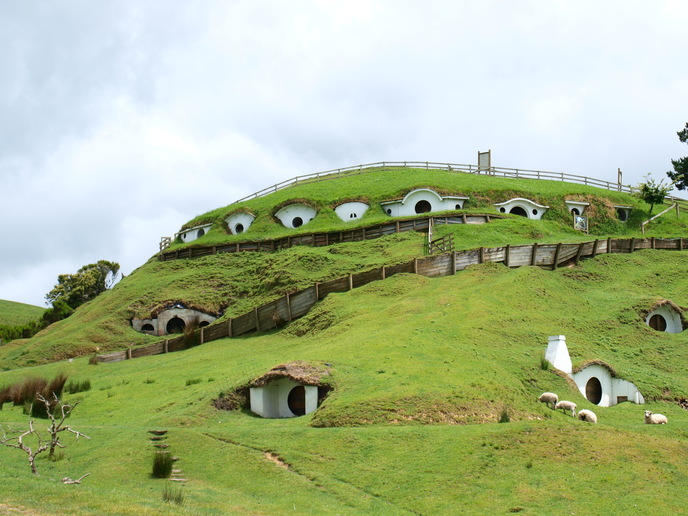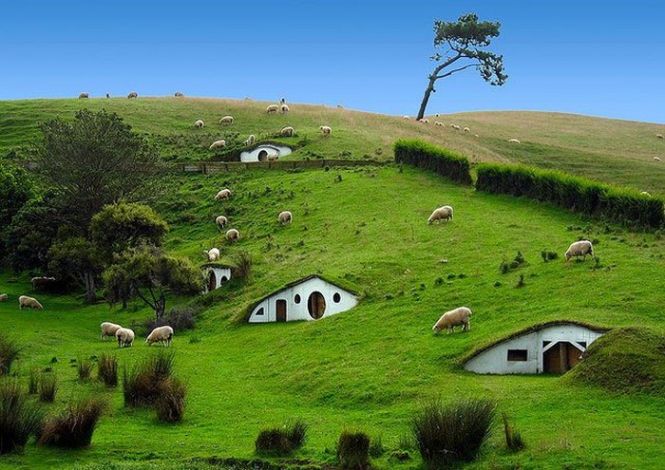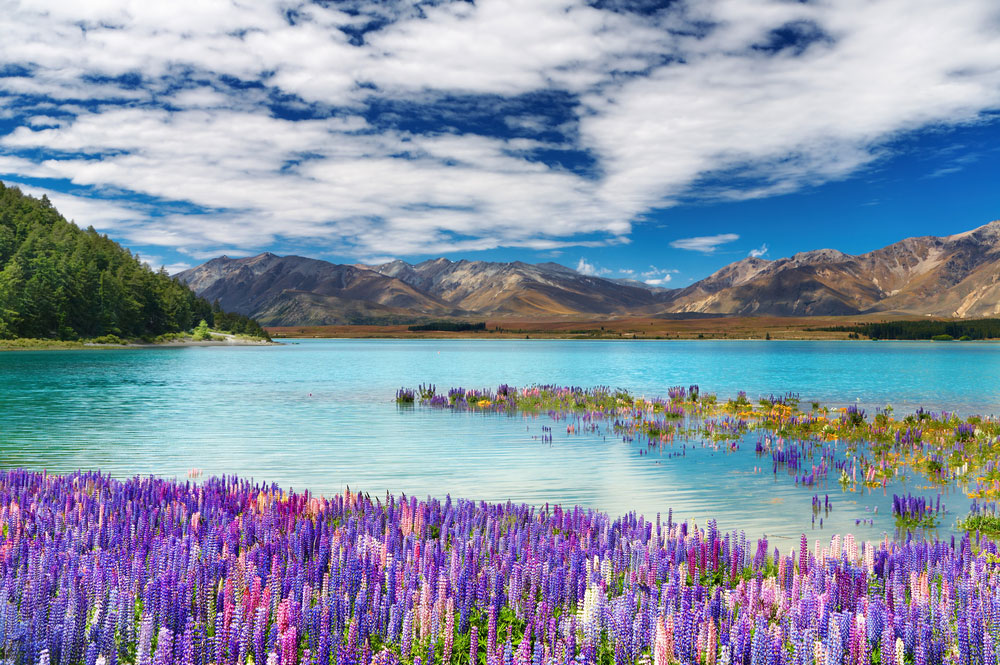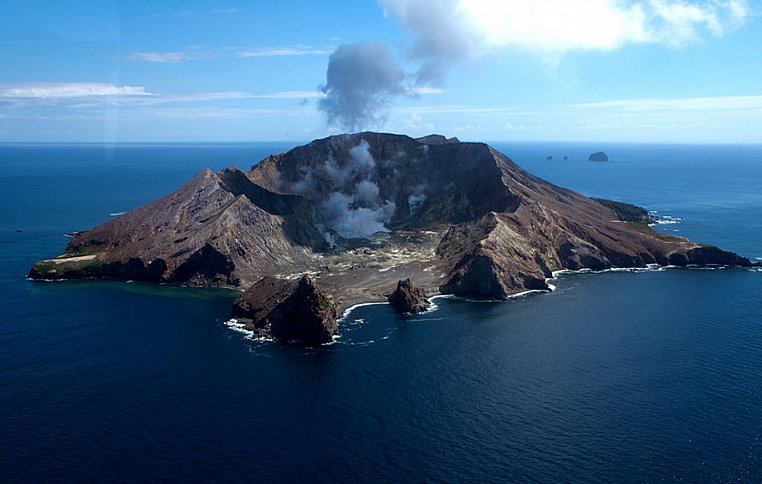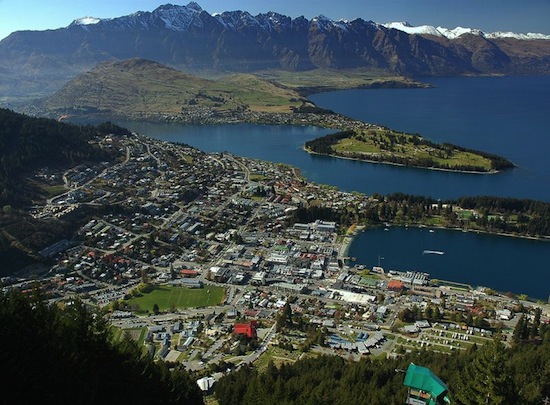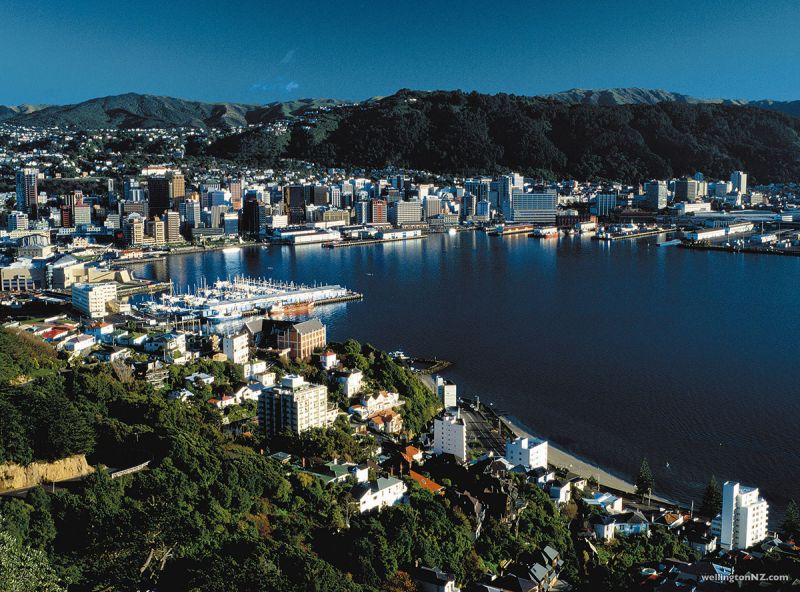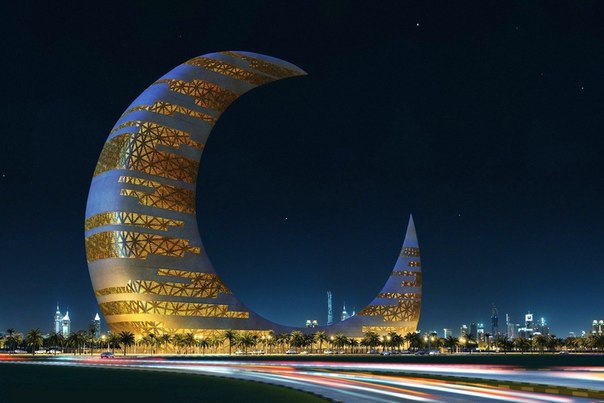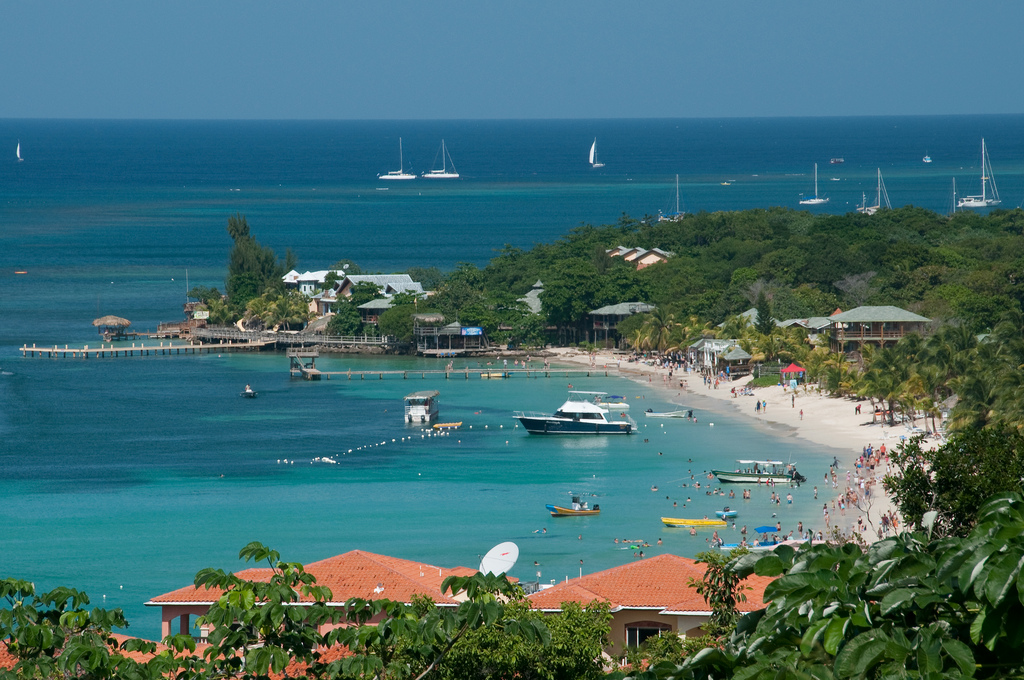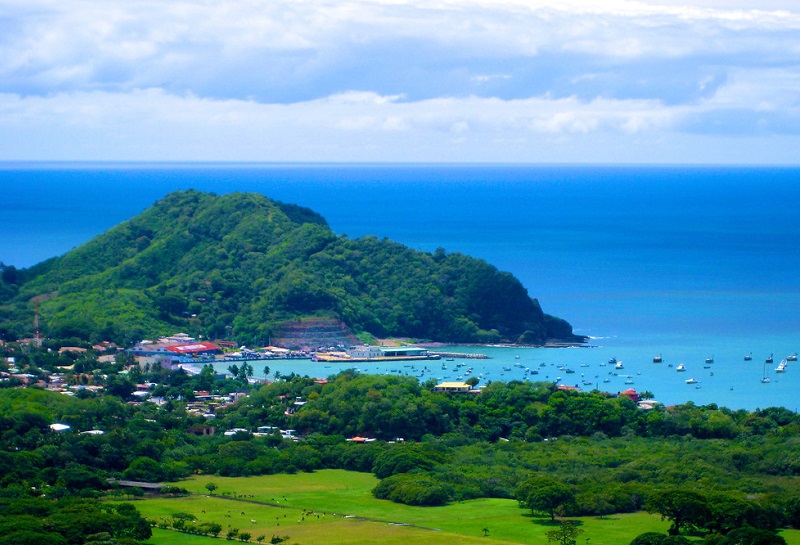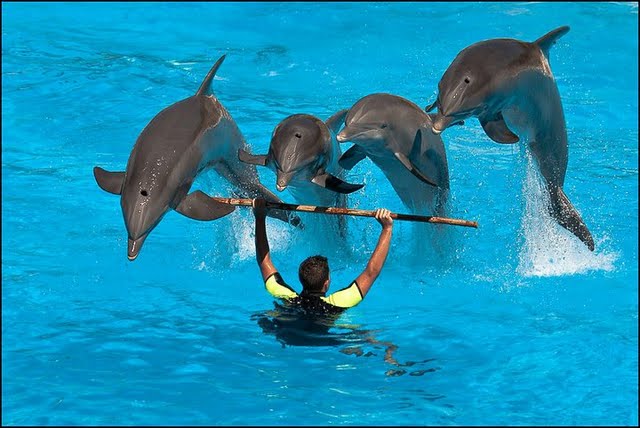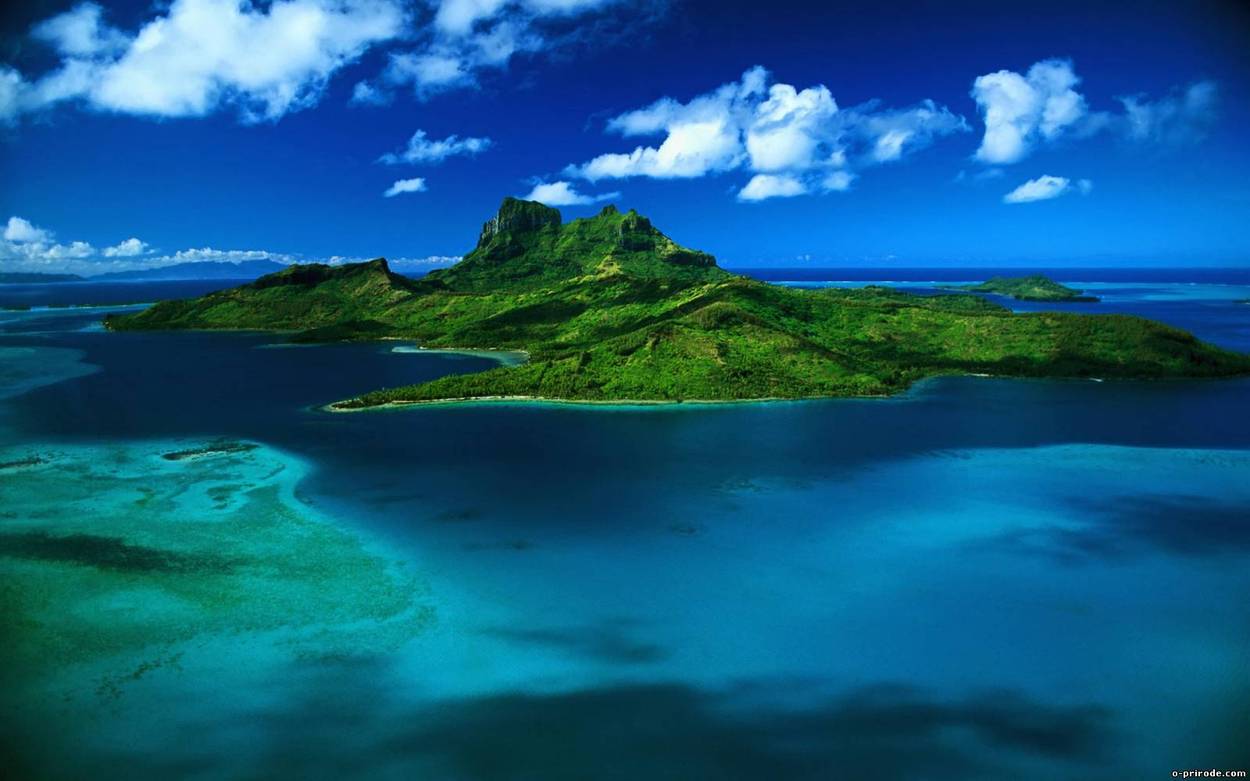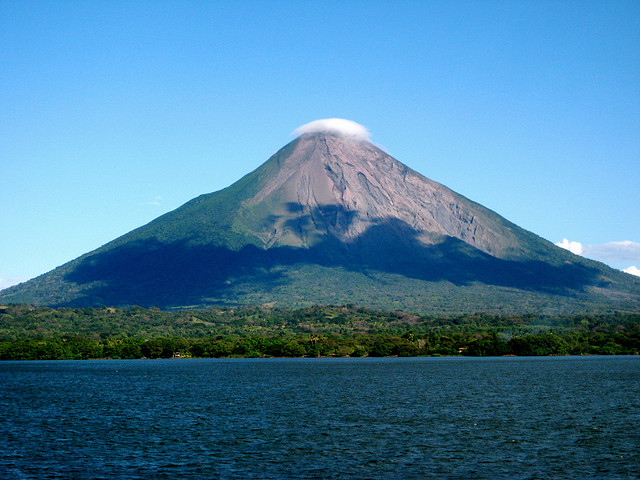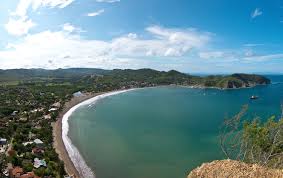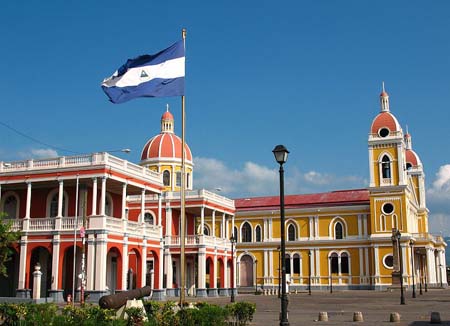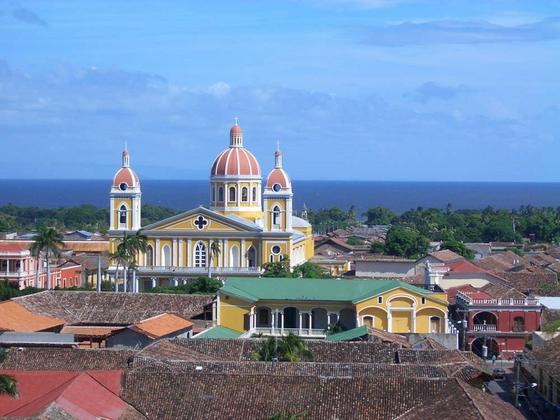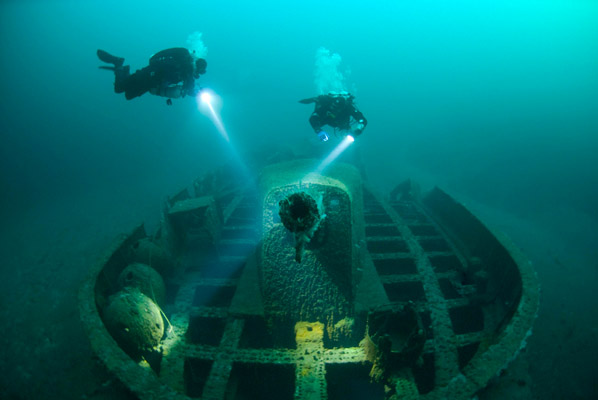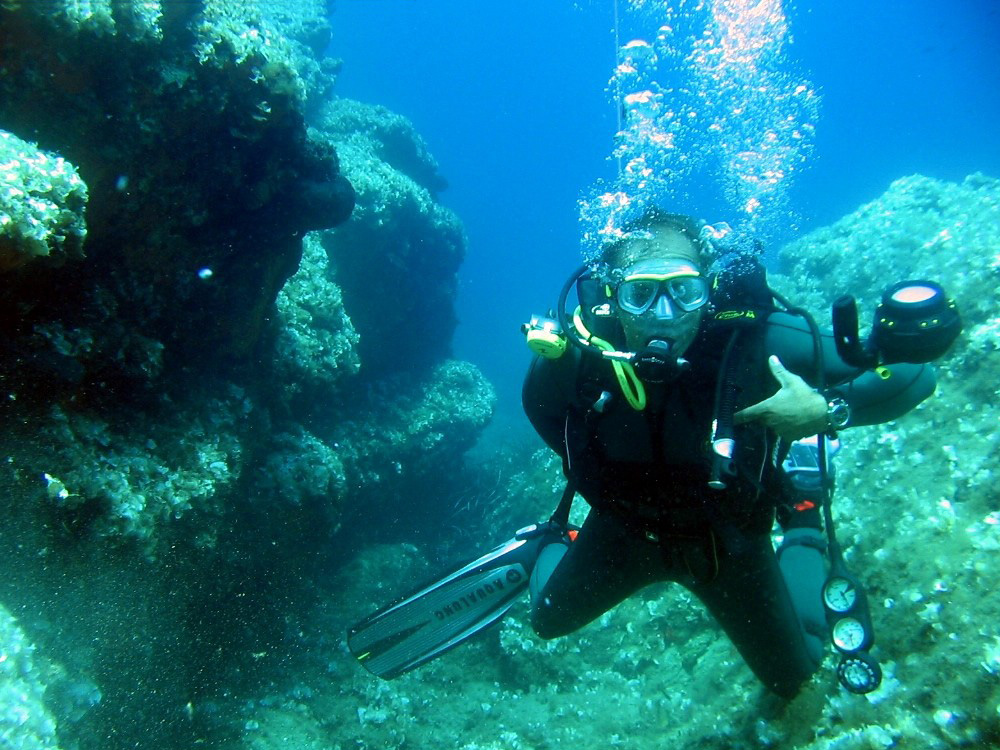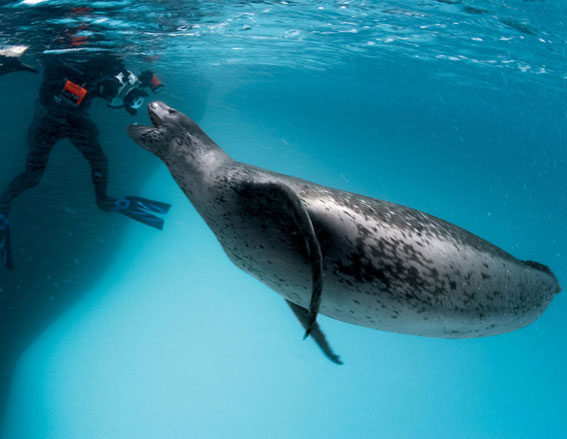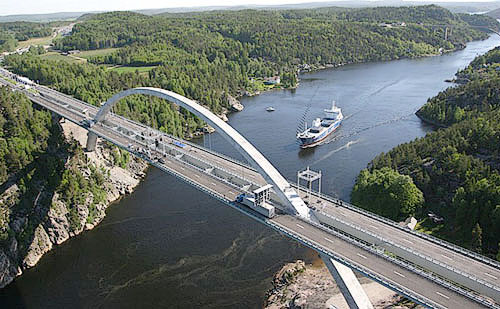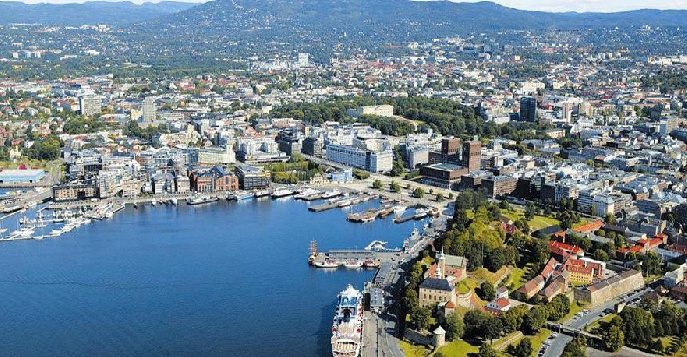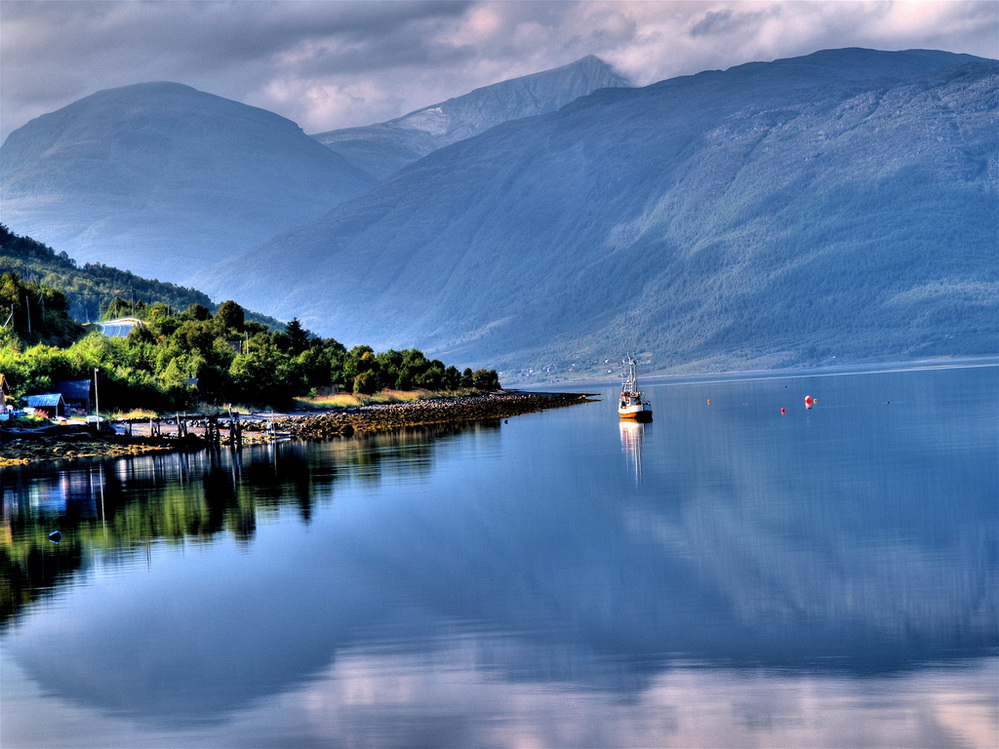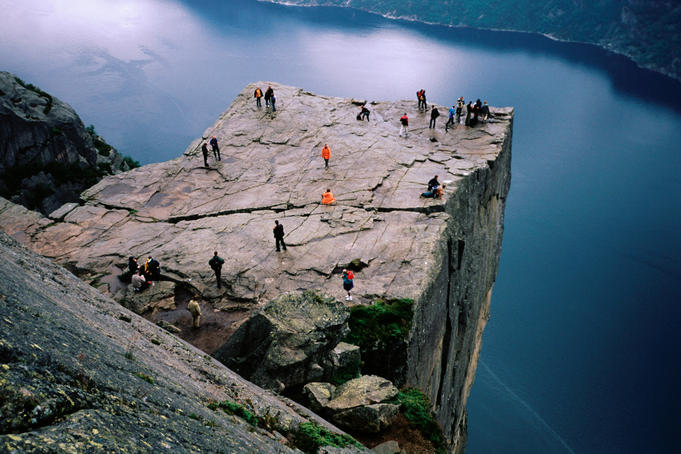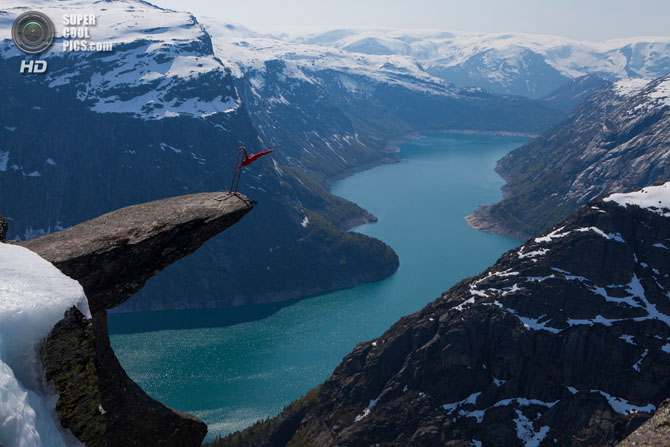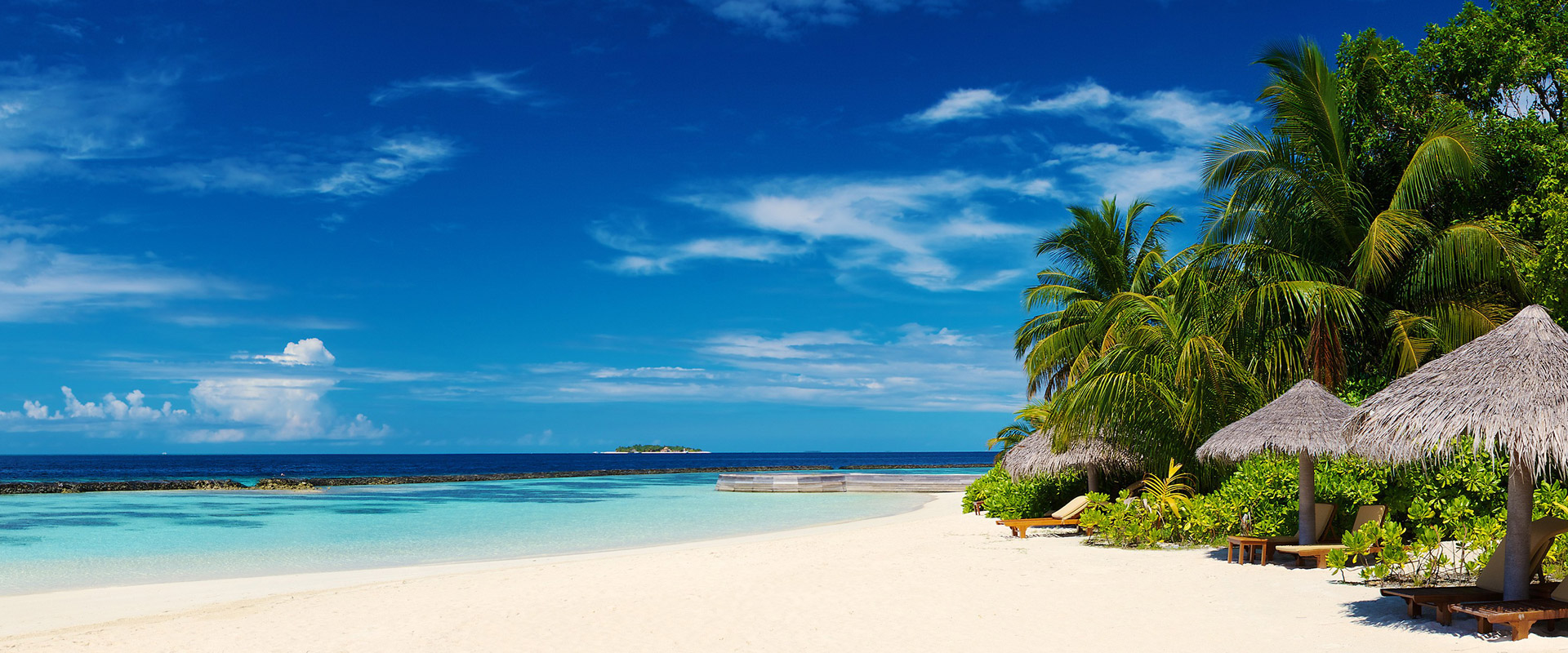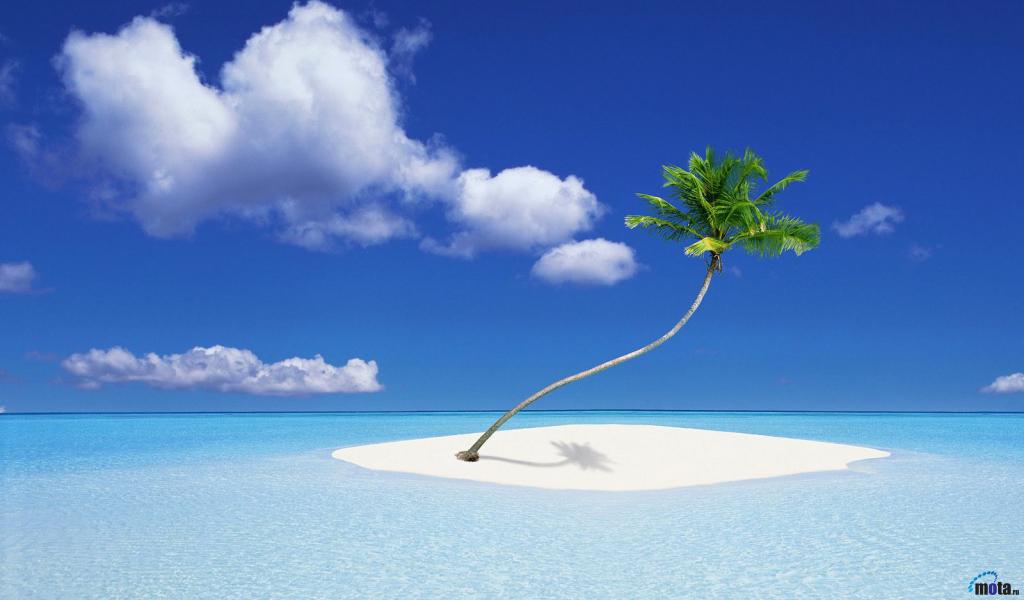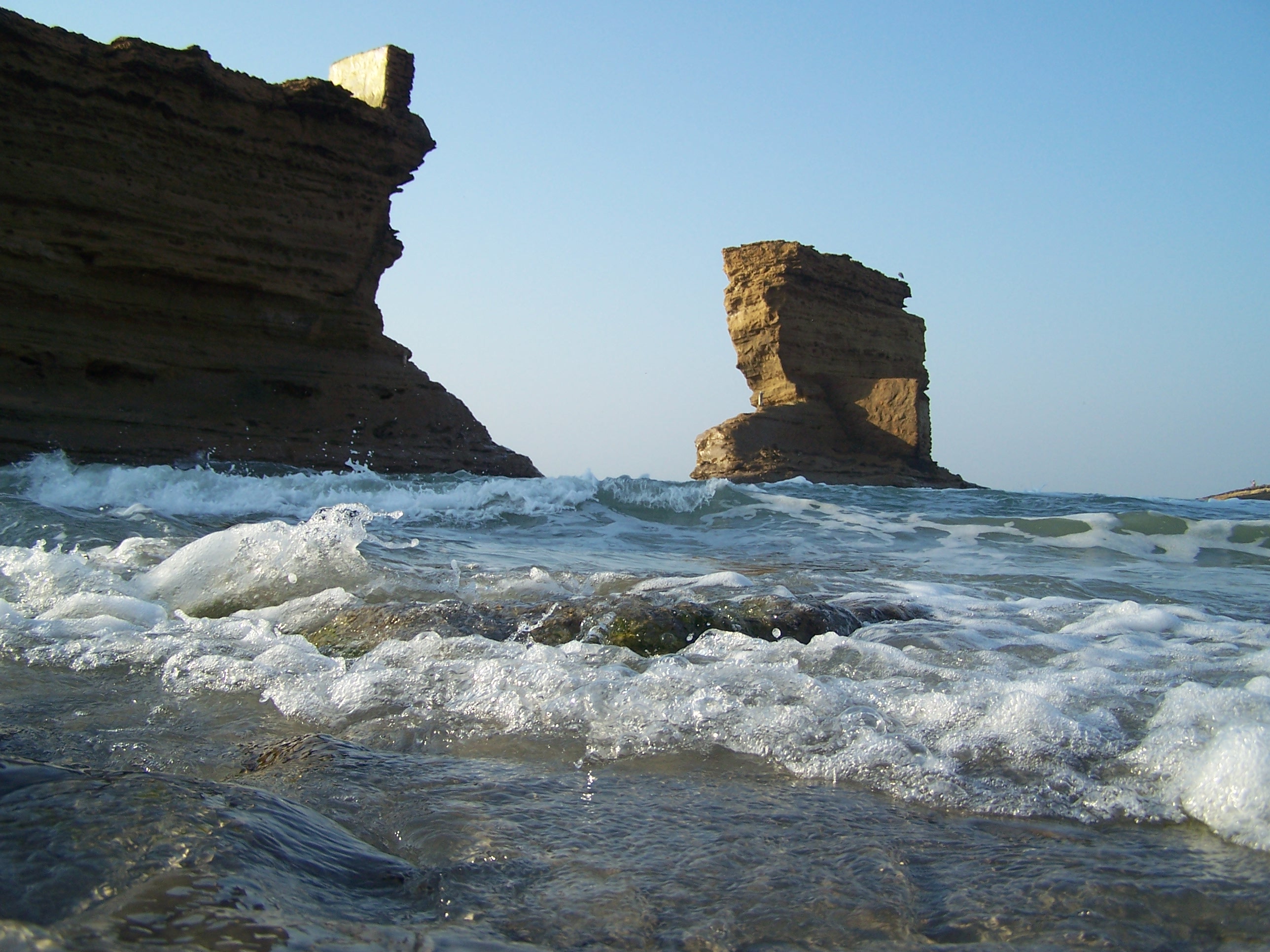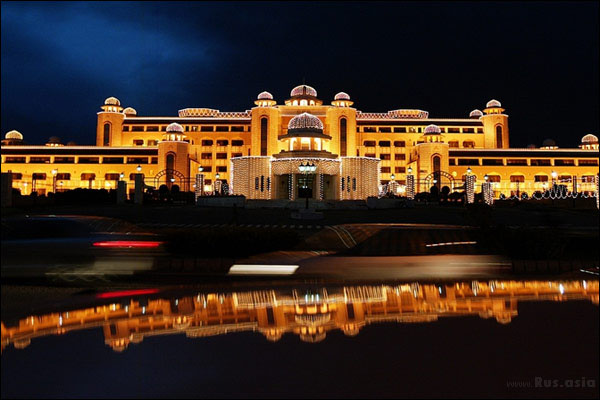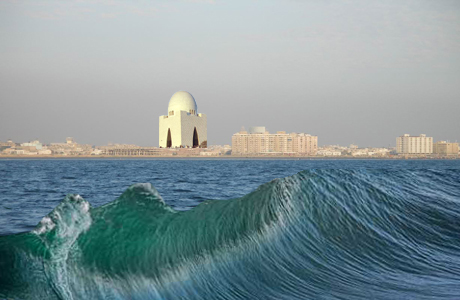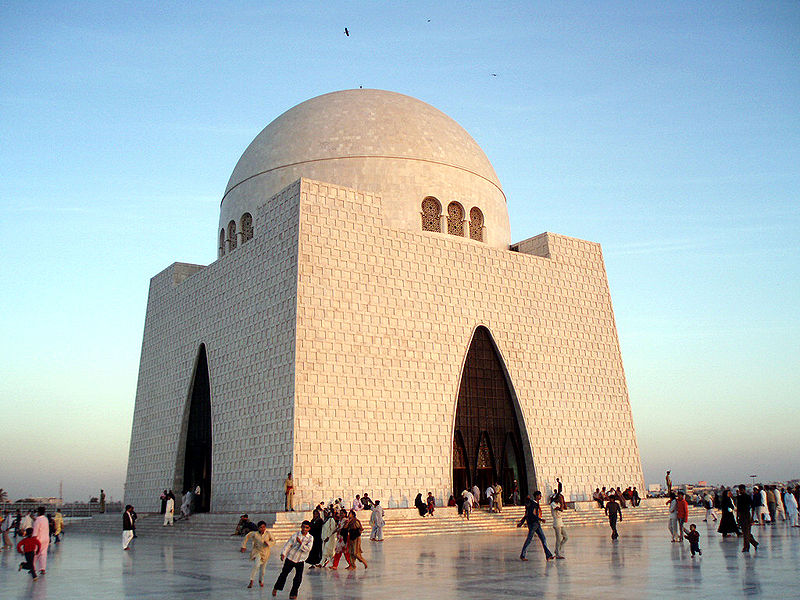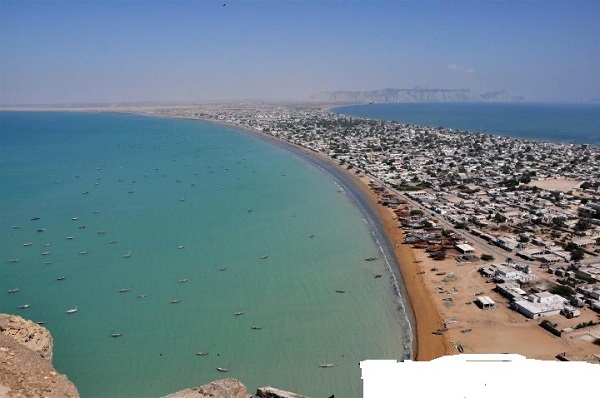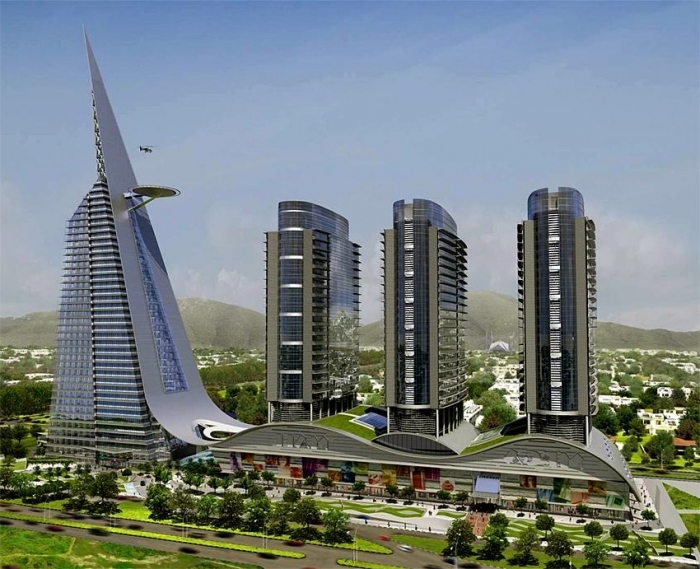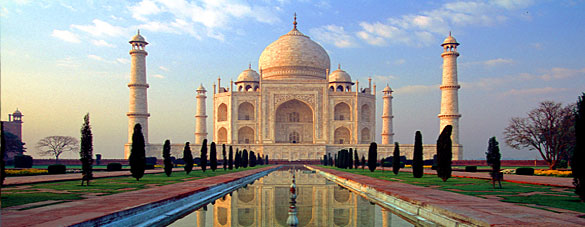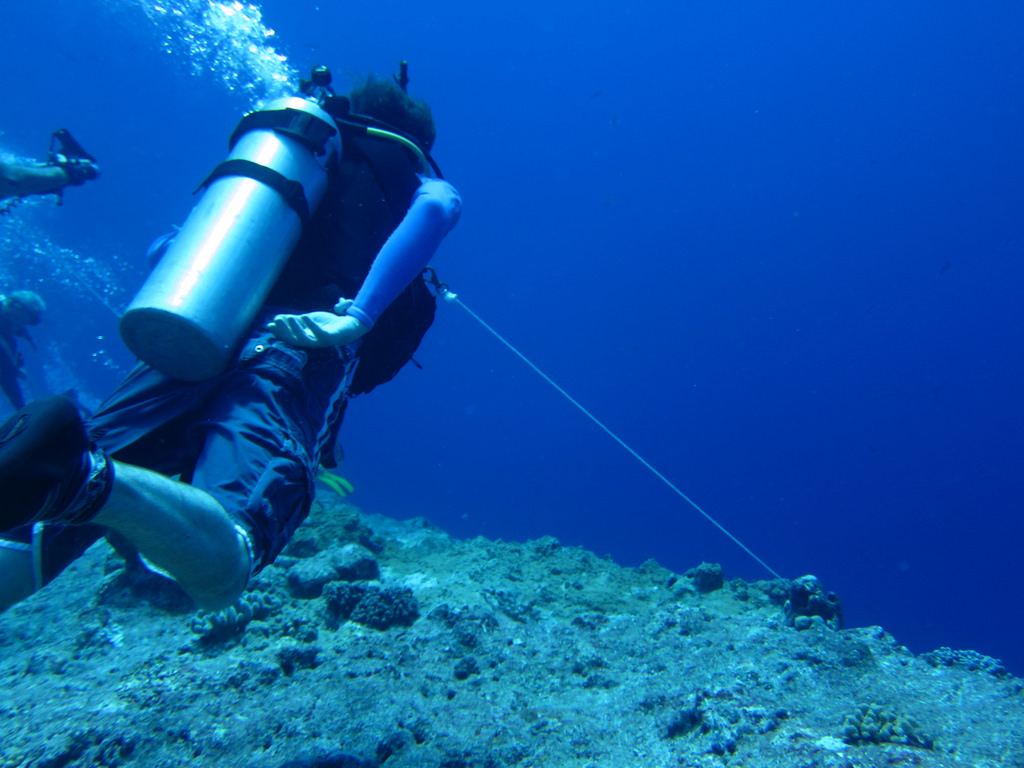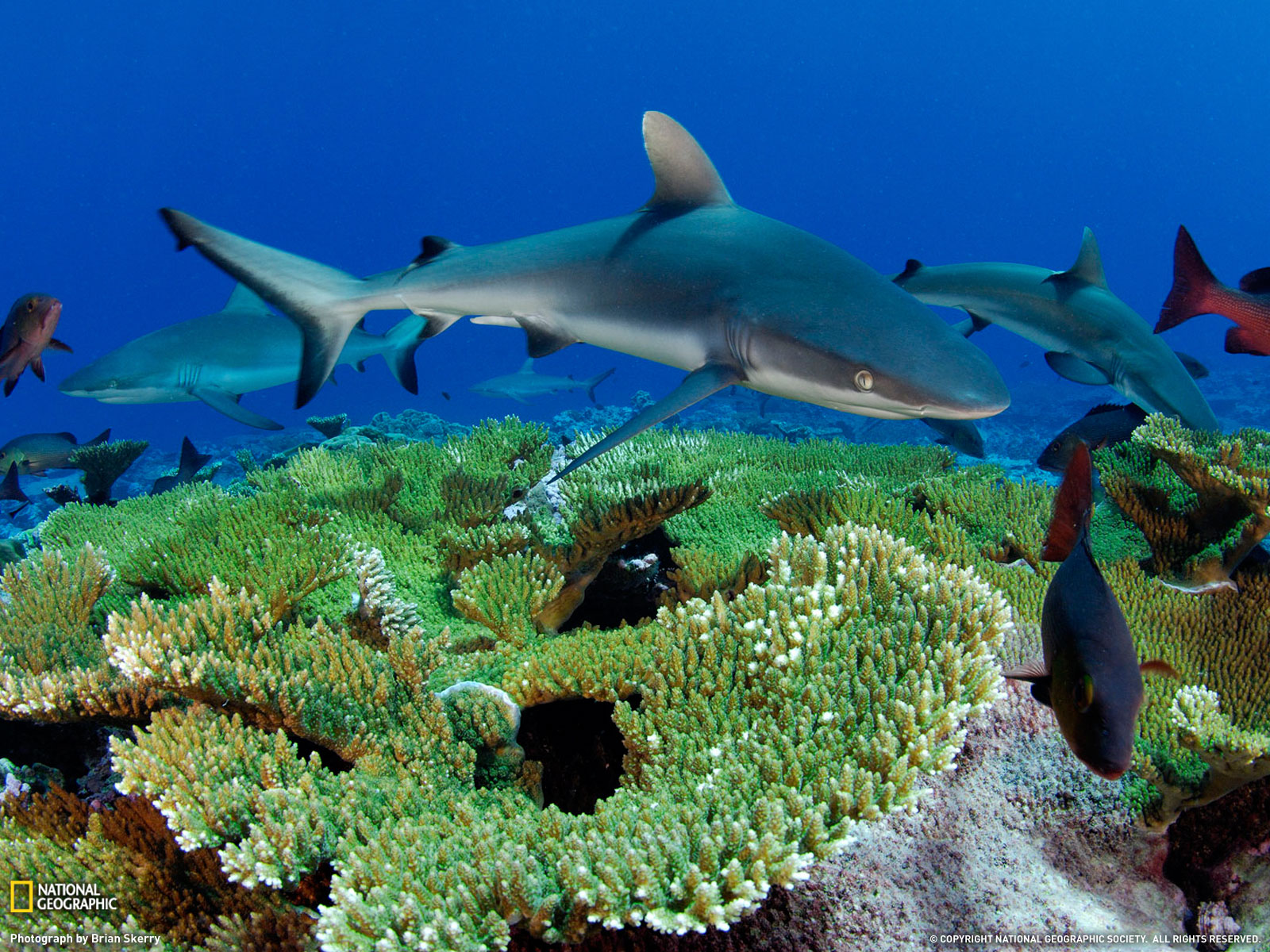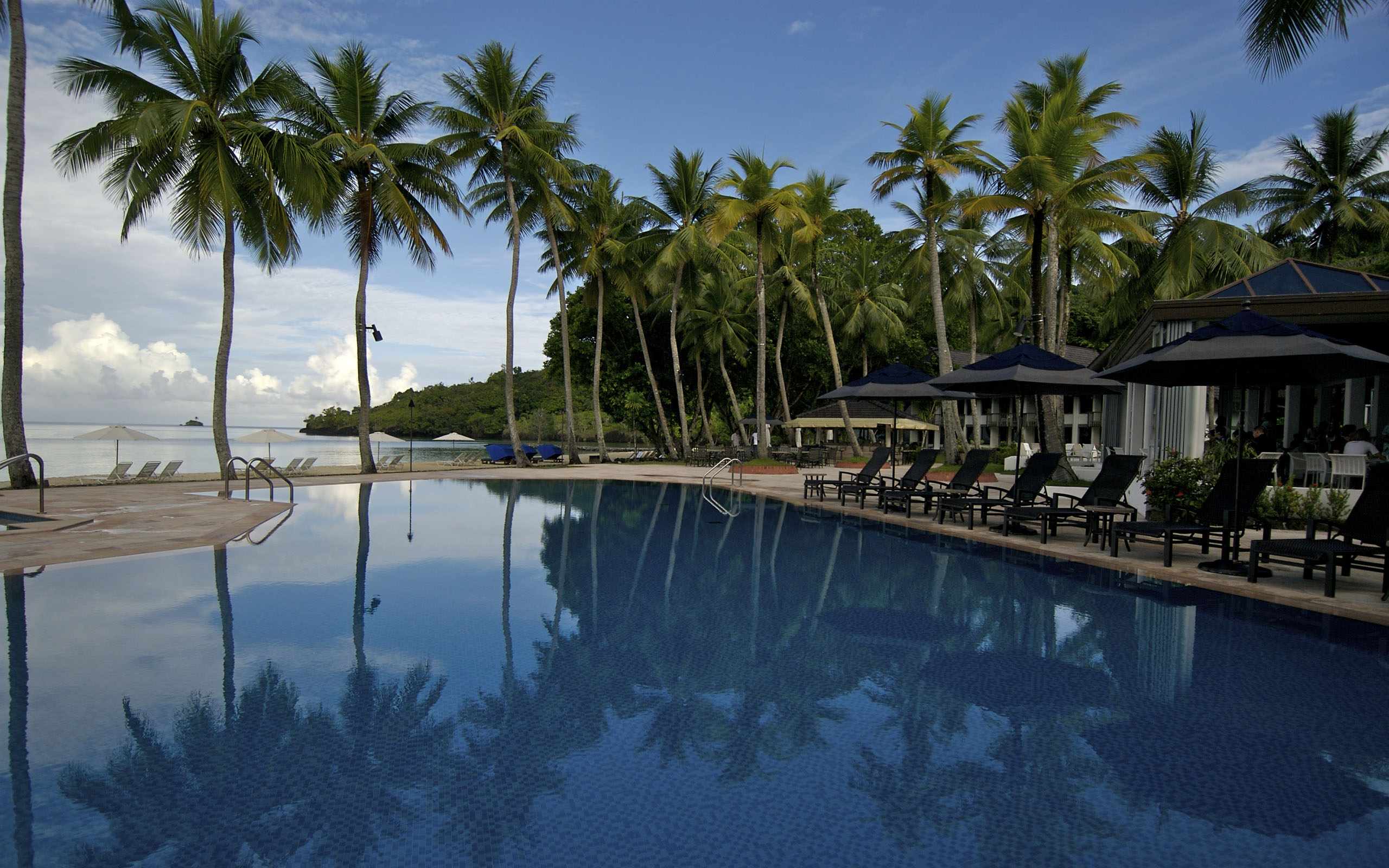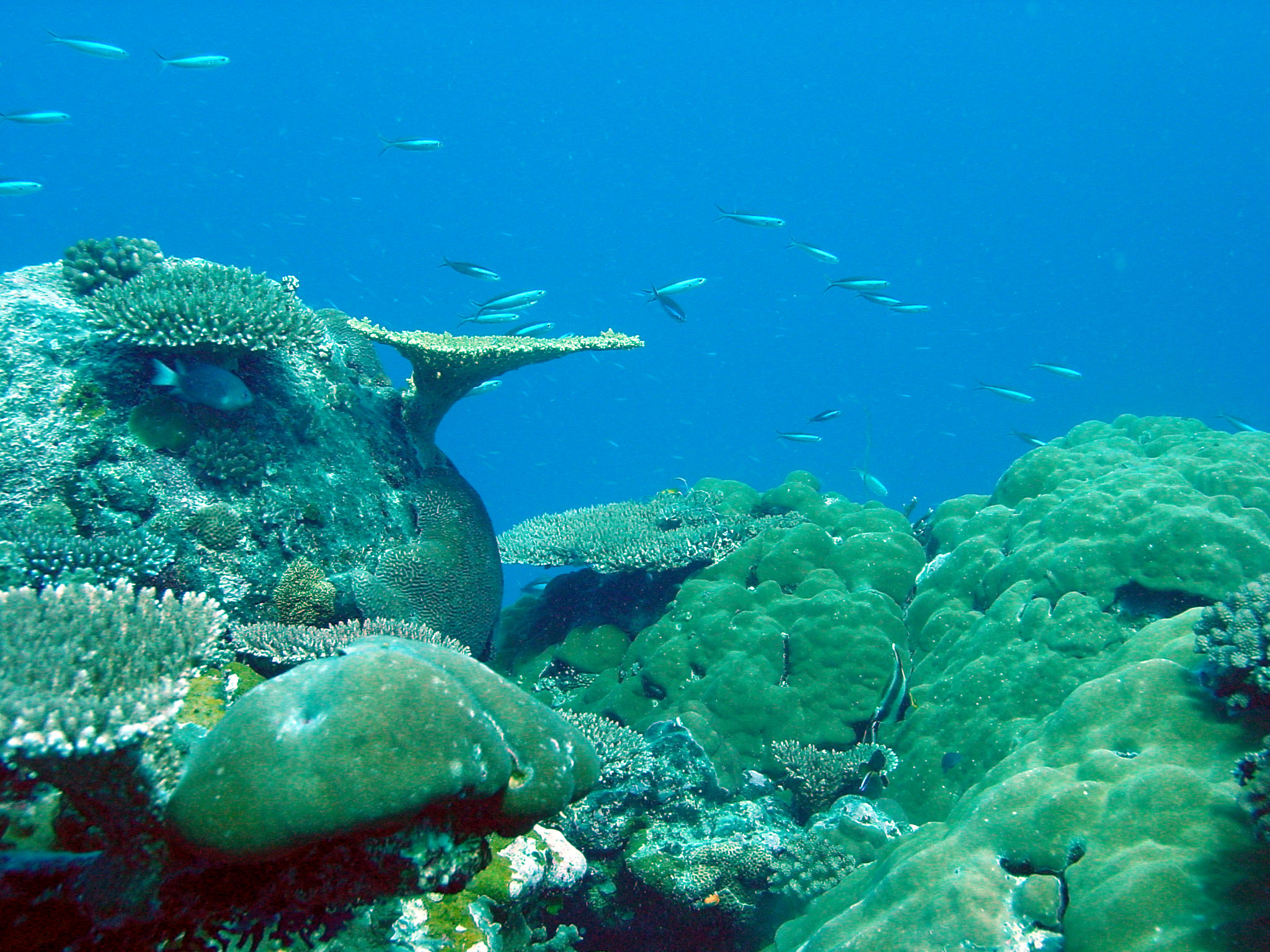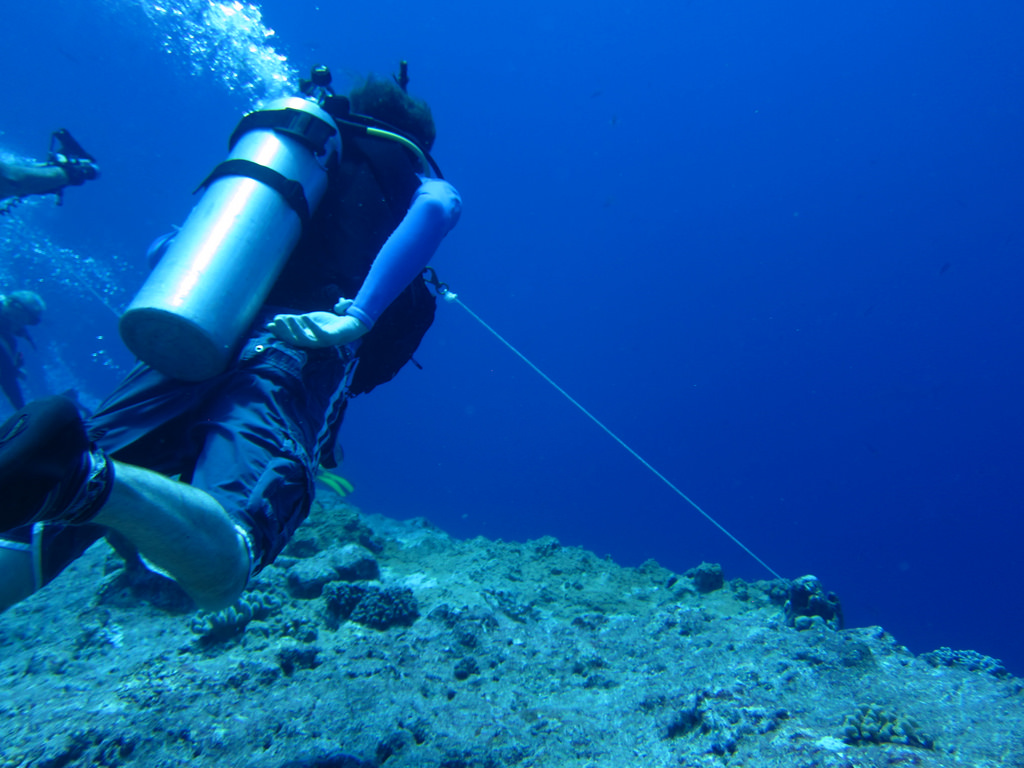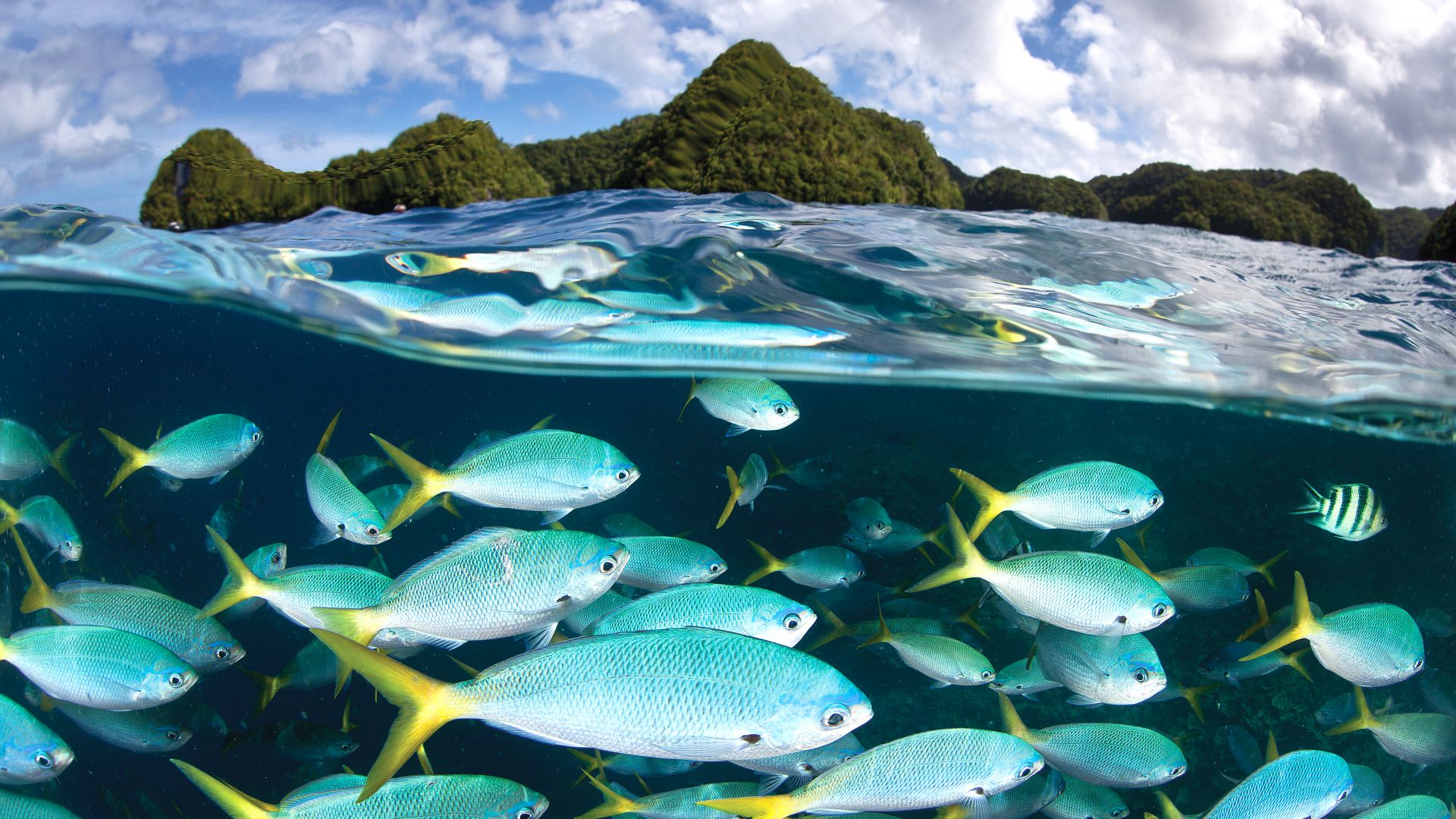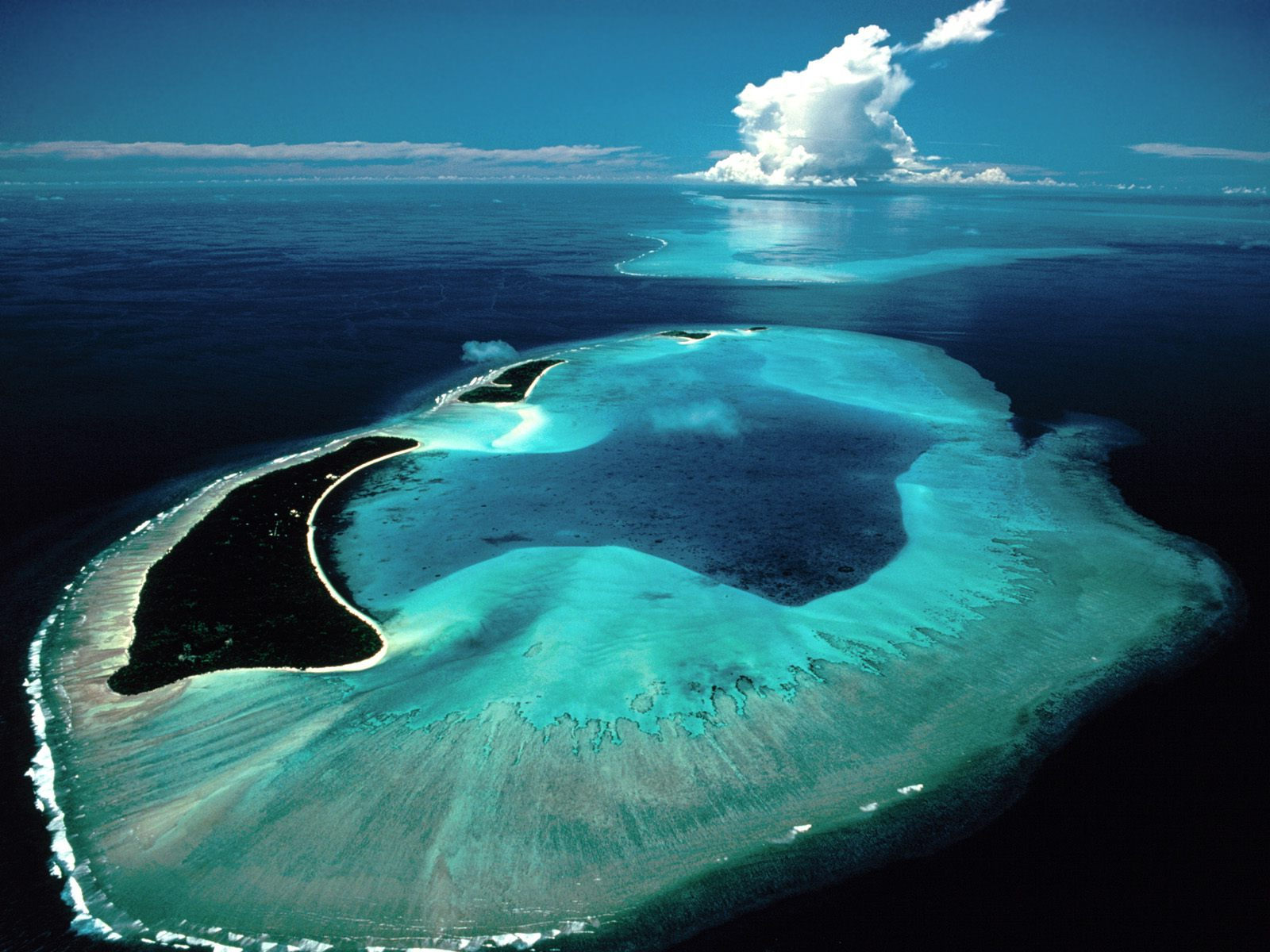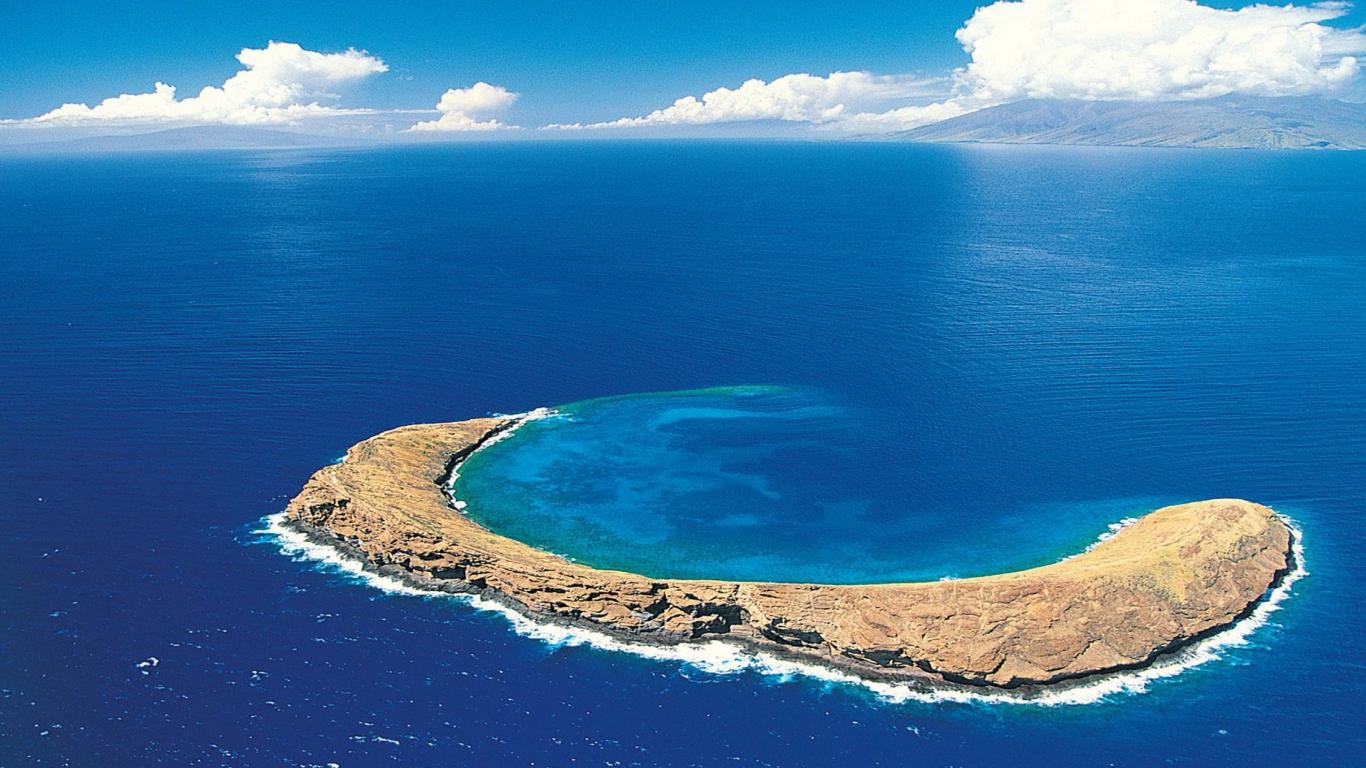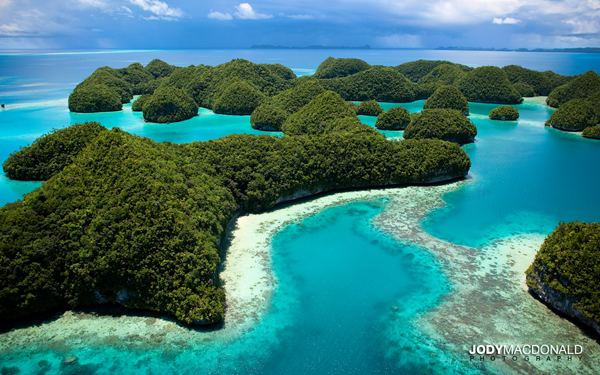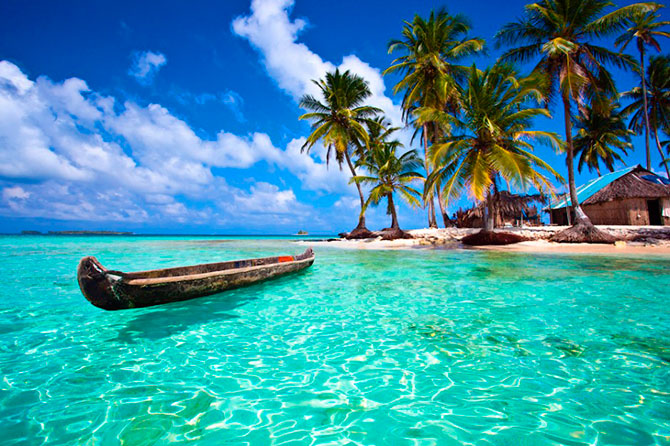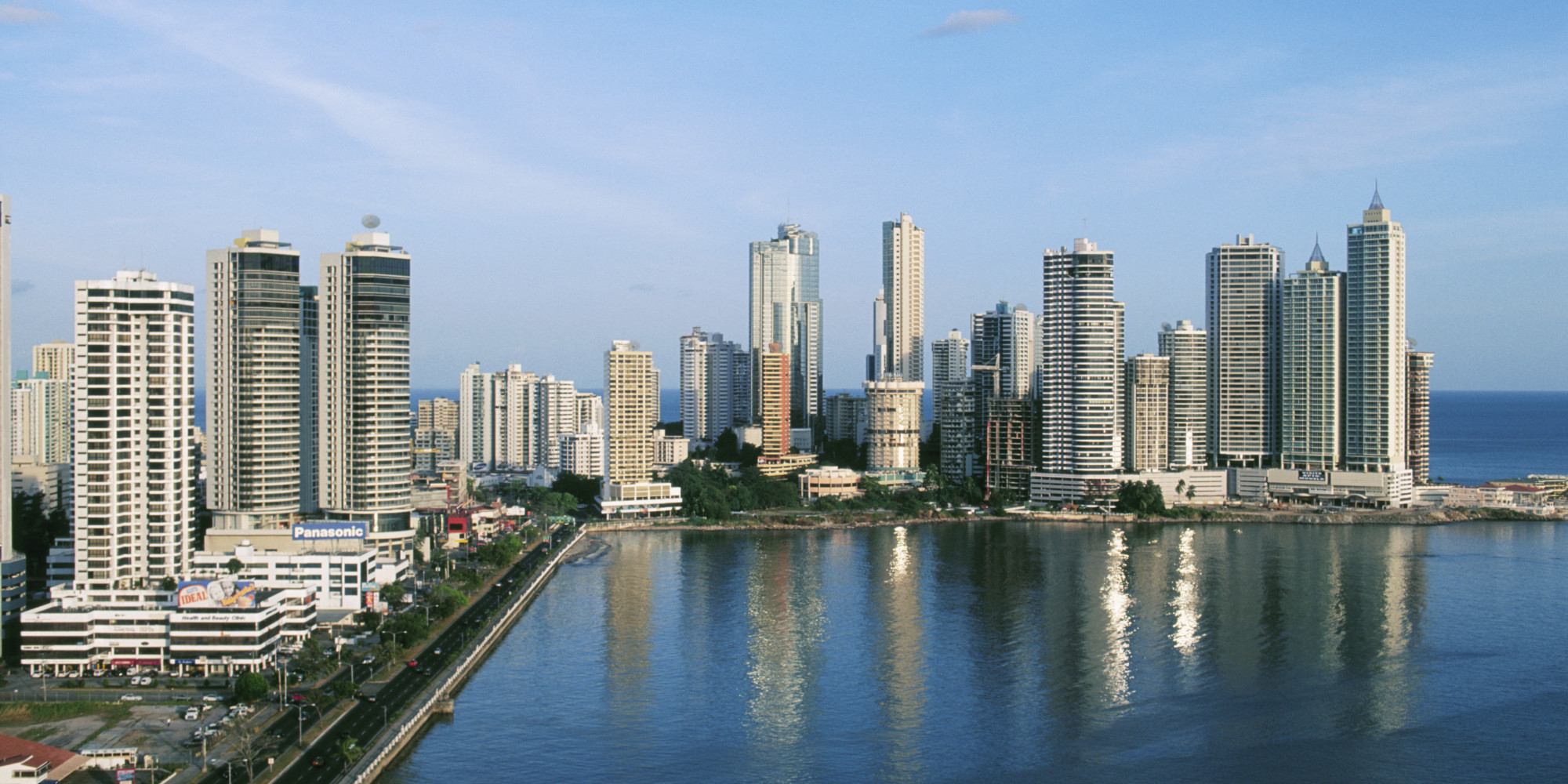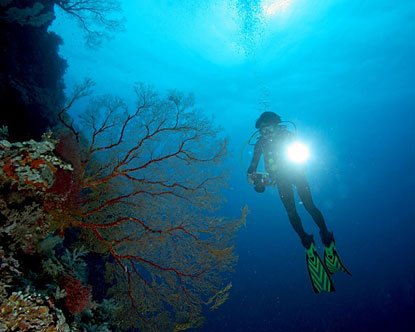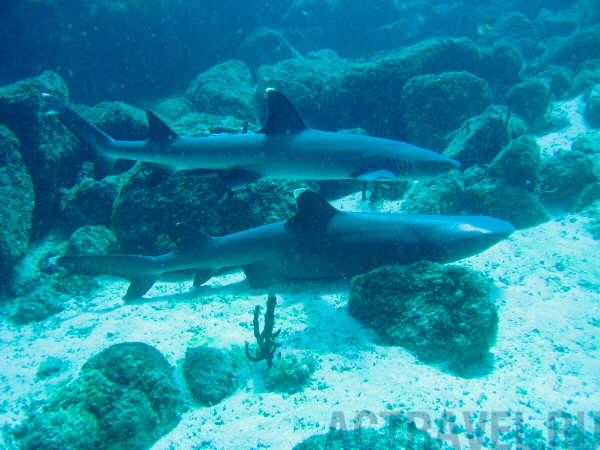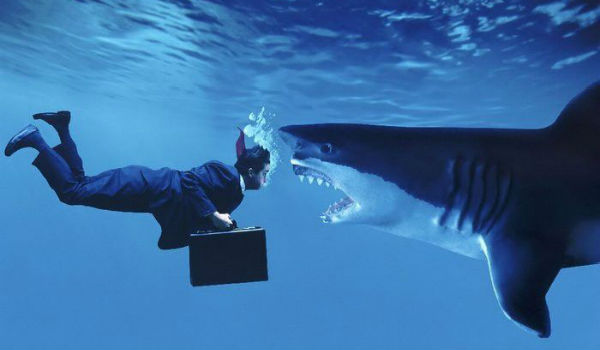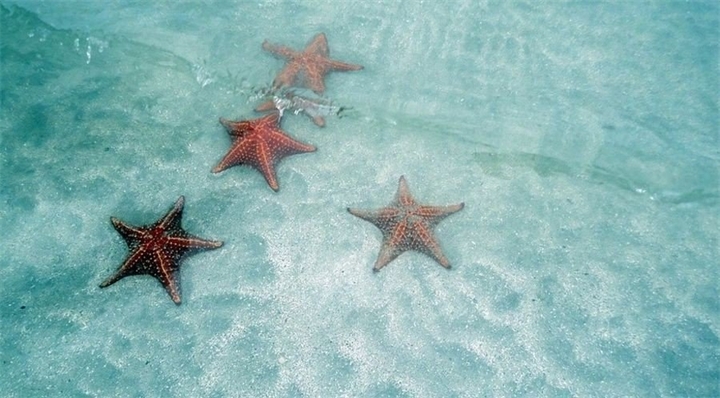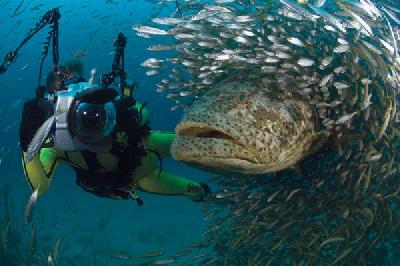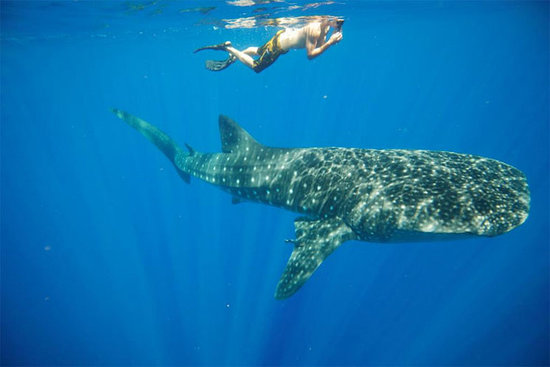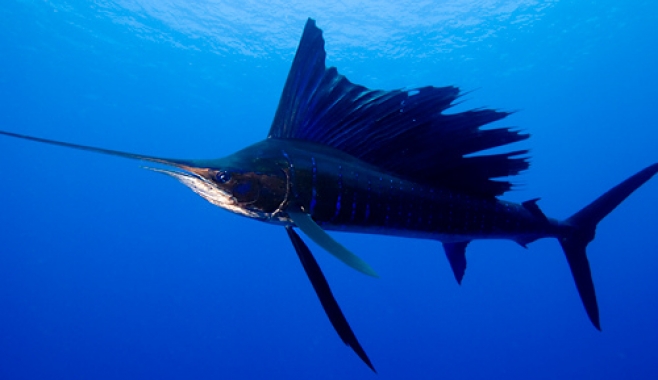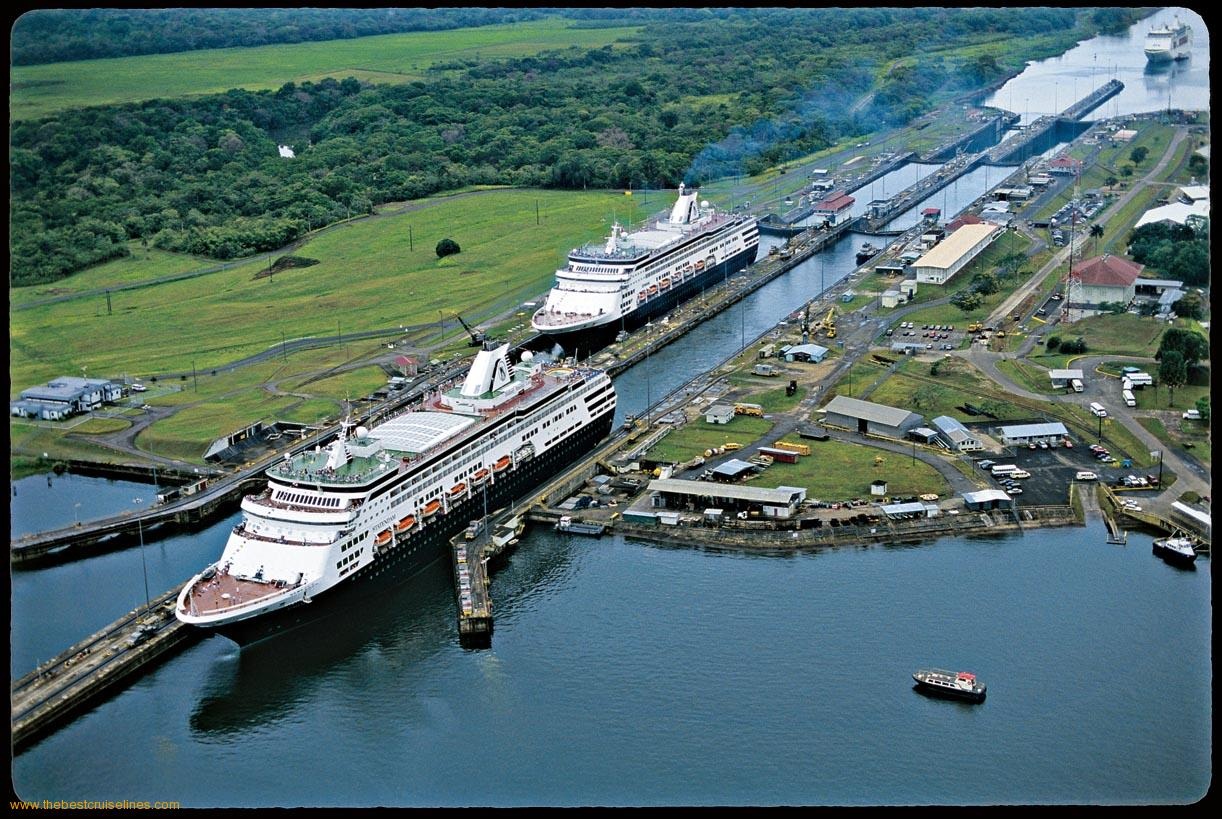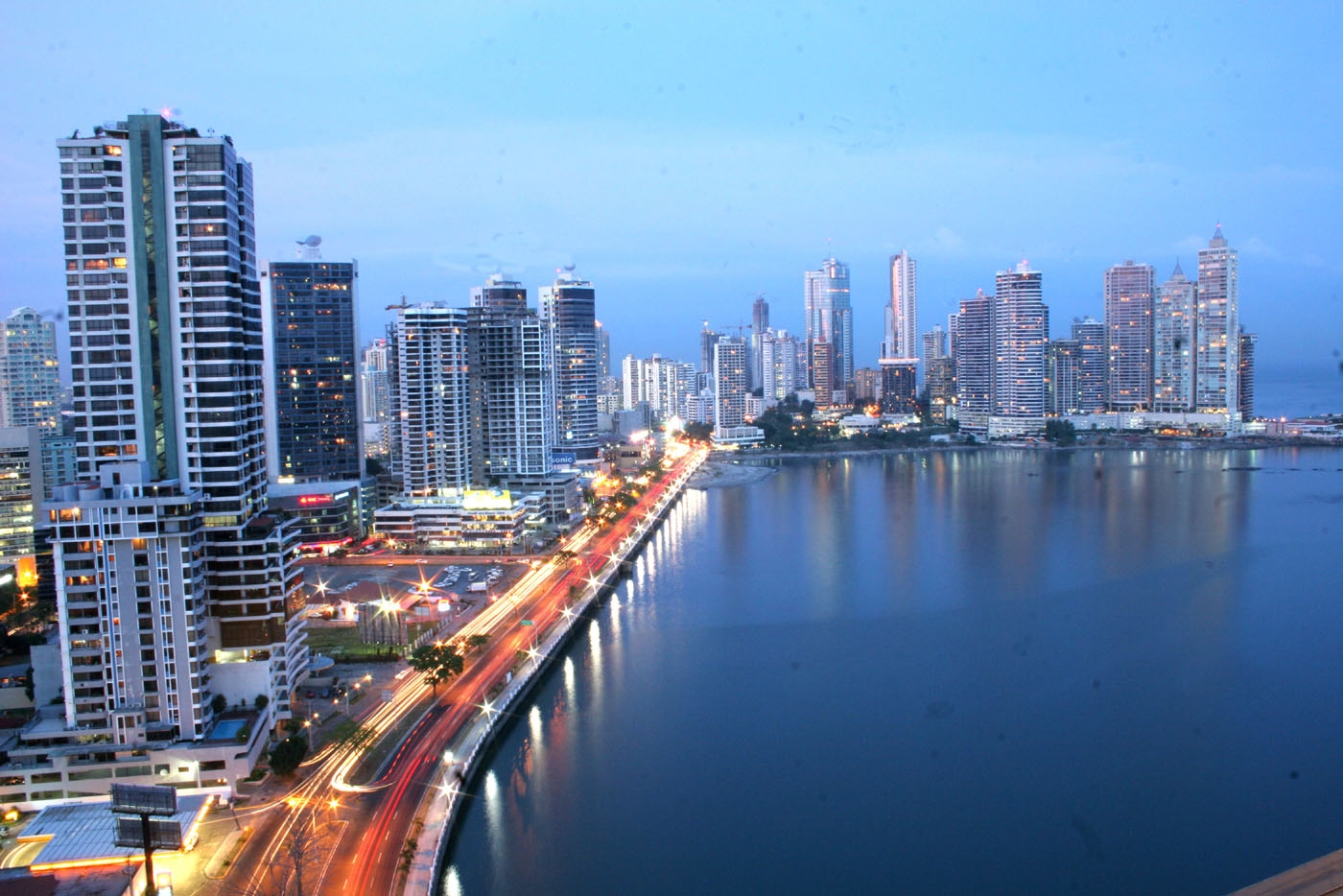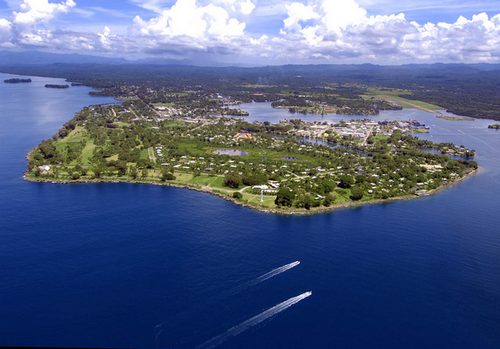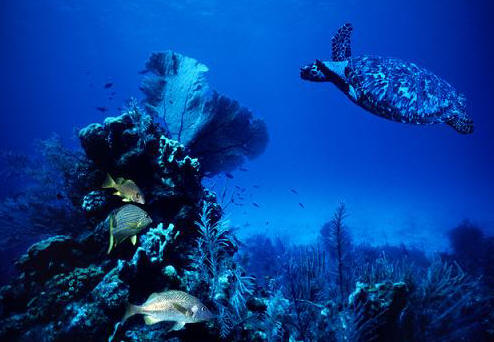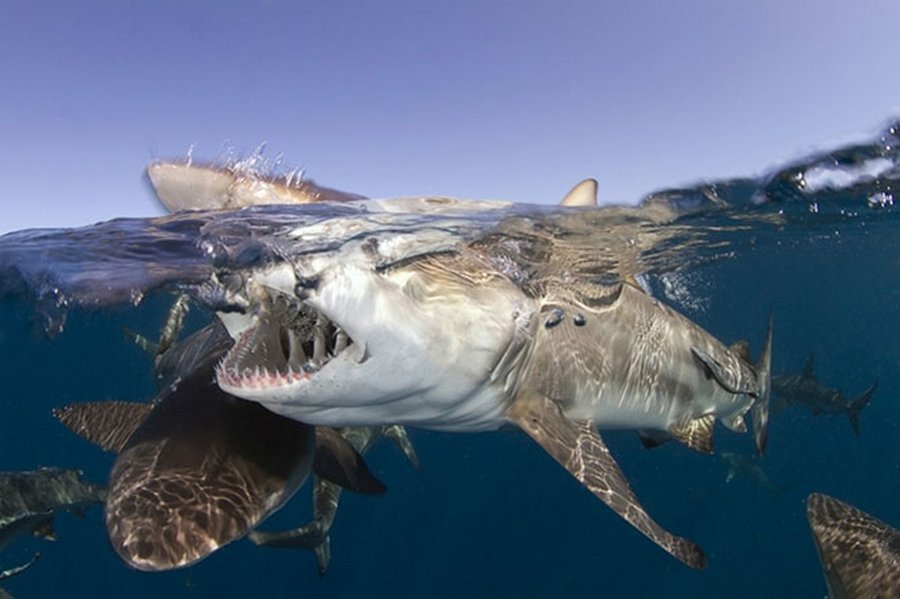Escape for the Weekend
Explore our collection of weekend
Namibia
Elephants and rhinos of Etosha National Park; seals of Cape Cross; the Fish River Canyon; the Waterberg Plateau Park; the Himba in Kaokoland; the Skeleton Coast; the WWI artifacts of Lake Otjikoto; and underwater caves of Lake Guinas.
Namibia, officially the Republic of Namibia, is a country in southern Africa, which has borders with Angola and Zambia to the north, with Botswana to the east, and with South Africa to the south-east and south. Namibia is washed by the Atlantic Ocean. The total area of the country is 824 thousand square kilometers; the population is about 2.4 million people. The capital is Windhoek. The official languages are English and Afrikaans.
The national currency is the Namibian dollar. Money can be exchange at most banks. Major credit cards are generally accepted. ATMs can be found nearly in all cities and towns.
Namibia’s terrain consists of four major geographical segments: the Namib Desert in the west, where you will find almost no vegetation; a mountain wall, called the Escarpment, the height of which is up to 2000 meters; the Central Plateau, where most Namibian cities and town are situated; and the Kalahari Basin with dune ridges and sandy plains. The climate is arid, with about 300 sunny days a year.
Namibia is a popular holiday destination for many tourists. Its stunning sceneries, picturesque sand dunes, wild animals in their habitat, volcanic craters and waterfalls attract lots of nature enthusiasts.
In Etosha National Park you can see the tallest elephants of Africa, rare black rhinos, lions, giraffes and lots of other interesting animals.
The Namib Naukluft Park boasts amazing sand dunes, among which you can see the Welwitschia, a unique plant whose lifespan is up to 1500 years.
Those who adore seals should visit Cape Cross, one of the world’s largest colonies of Cape Fur Seals. During the breeding season it is home to about 150 thousand seals.
Those who like outdoor activities can go hiking in the Fish River Canyon, the largest in Africa and very picturesque; or go on safari in the Waterberg Plateau Park, where you can meet rhinos, buffalos, sables and cheetahs.
If you want to learn more about the traditional life of Namibia, Nyae Nyae Conservancy is one of the best places for it. Here the Bushmen people live as they are used to, preserving their cultural identity. In Kaokoland you can enjoy stunning mountain landscapes and get acquainted with the Himba – an ancient semi-nomadic tribe. On Brandberg Mountain you can see fantastic rock engravings, made by ancient people thousands of years ago.
The Skeleton Coast offers macabre and captivating sight of lots of shipwrecks lying on the coast covered with seaweeds.
In Windhoek you can enjoy charming colonial architecture, take a tour of its famous lager brewery and visit the National Museum.
Airports
Hosea Kutako International Airport (WDH), the main international airport located 45 kilometers from Windhoek.
Diving in Namibia
Despite rather long coastline (about 1.5 thousand kilometers) Namibia is not a very popular diving destination. Difficult access to the desert coasts, strong currents, rough sea and bad visibility make diving in the ocean almost impossible.
However diving is possible in two freshwater lakes -- Lake Guinas and Lake Otjikoto.
Lake Otjikoto, situated about 20km from Tsumeb, is famous for the World War I artifacts, hidden in the lake in 1915 by German armed forces. There is a legend that they dumped a lot of gold there. There are two diveable areas:
The Reef, whose depth is 25m - 35m, where you can see toilets and Kudu horns;
And the deeper part with cannons, munitions and a small boat located at a depth of 45m - 55m.
The nearby Lake Guinas is suitable only for technical divers with 30-meter cliffs. On the bottom of the lake you will find caves with unknown depths. The visibility is about 30 meters.
Netherlands
What to see in the Netherlands? Keukenhof; Hoge Veluwe National Park; windmills of the River Noord; Valkenburg Castle; marine life of the Grevelingen and Oosterschelde; the Vinkeveense Plassen.
The Netherlands is a small country, lying mainly in Western Europe, but also including three islands in the Caribbean. The European part of the Netherlands borders Germany, Belgium, and is washed by the North Sea. The capital of the Netherlands is Amsterdam.
The official language is Dutch, but English is also widely spread.
The national currency is the euro.
About a third of the Netherlands’ territory is below sea level. Most part of the country is flat, except some low hills in the center and in the far southeast.
The country has a moderate maritime climate, with cool summers and mild winters.
This rather small country has a lot of touristic attractions. Though some tourists concentrate on seeing Amsterdam with its great amount of museums and art galleries, wonderful canals and amazing architecture; there are very many other breathtaking places in the Netherlands.
In a unique open-air museum "Openlyuhtmuzeume" you can get acquainted with the traditions of Netherlands' rural architecture. You will see original farm houses, windmills (an essential part of the Dutch landscape), cow farms and Dutch national costumes.
In Leiden you can visit the National Museum of Antiquities and the history of science, a wooden church DSE-Houhlan Kirk, the protestant church Piterskerk and the Ethnographic Museum.
In the center of Haarlem there is the picturesque Grote Markt, surrounded by medieval buildings, the Town Hall, and Saint Bavo Church. And near the city you can admire the endless flower fields.
The main tourist attractions in Maastricht are the city gates, philistine buildings of Old Town, the town hall, and gorgeous narrow streets and bridges of the city.
In Groninger, known for its churches, you can see the remains of a Roman settlement, the Nieuwe Kerk cathedral, the church of Saint Martin and the city library, where the New Testament, translated into Latin, is exhibited.
On the outskirts of Lisse there is the Garden of Europe, Keukenhof, the largest public garden in the world, which boasts more than seven hundred varieties of tulips. Another reign of natural beauty is Hoge Veluwe National Park (the largest national park of about twenty existing in the country). On the River Noord between Rotterdam and Dordrecht you can still see the eighteenth-century windmills. Connoisseurs of history will like Valkenburg Castle, Kasteel De Haar, the ruins of the twelth-century castle on Dwingelrots and the 14th-century Saint Nicolaaskerk Basilica. Those who are interested in engineering will want to see the Delta Works, basically hi-tech dams which control the amount of water entering from the North Sea.
The Netherlands are very popular among water sports enthusiasts. You will find here great opportunities for surfing. The most popular surf beach is Domburg, the surfing season lasts from May to September.
Hiking and cycling are a part of the image of the Netherlands, and cycling is the most popular form of recreation. Everywhere you can see bicycle lanes and parkings. Renting a bike is possible in any city of the Netherlands.
Airports
Amsterdam Airport Schiphol (AMS)
Eindhoven Airport (EIN)
Rotterdam The Hague Airport (RTM)
Diving in the Netherlands
The Netherlands has a lot of opportunities for recreational diving: a long coastline, interesting hydraulic waterworks, and lakes and rivers all over the country.
For wreck divers the Netherlands is a real treasury as there are over 10,000 shipwrecks from huge freight ships to war ships along the North Sea coast, though not all of them are within recreational diving limits. Moreover, North Sea diving suits only advanced divers because of its rough currents.
Divers can also explore the Grevelingen and Oosterschelde, estuaries separated from the sea by dams. It is said that the marine life is more abundant than in the Mediterranean Sea. Here you can meet lobsters, hermit crabs, flounders and even sea horse.
There are many little diveable lakes in the Netherlands, among which the Vinkeveense Plassen is probably the best known. This lake are up to 55 meters deep and consists of one water body with 12 sandy islands scattered around.
New Zealand
What to see in New Zealand? The Taupo and the Hauroko lakes; White Island volcano; underwater beauties of the Three Kings Islands; Fiordland; the Poor Knights Islands.
New Zealand really is a good distance off. One can say it is situated “at the world's end”! The inhabitants of the island seem to be perfectly indifferent to such troubles as wars and diseases, moreover the New Zealanders know about them only from hearsay. The major part of the country is made up of two islands (North Island and South Island), divided by the Cook Strait. Their western coast is washed by the Tasman Sea, whereas all the other coasts of New Zealand are washed by the Pacific Ocean. Beside two main islands New Zealand consists of about 700 islands of far lesser area, most of which are uninhabited. The largest of them are Stewart Island, the Antipodes, Auckland Island, the Bounty Islands, Campbell Island, the Chatham Islands and the Kermadec Islands. Because of often earthquakes New Zealand is called “the Quaky isles”. No wonder – there are more than 400 of them every year! People are incredibly open and friendly here, they are sociable and not afraid of getting into a car to a stranger, so you can safely hitchhike without spending a single cent. But you should pay great attention to the driver – the minimum driving age in New Zealand is 15. Breathtaking sceneries shown in the film “The Lord of the rings” will amaze you to the bottom of your heart. No other country in the world can boast of such national parks as New Zealand. By the way, they occupy a third of the territory of the country. The capital of New Zealand is Wellington, but 1,5 of 4,5 million people live in Oakland. The national currency is New Zealand dollar or kiwi dollar (NZD).
The country is situated between the equator and the South Pole, so the underwater world of New Zealand – inimitable in its beauty -- is meant for diving. Crinoids on coral reefs perfectly coexist with nearby bushes of laminaria, and volcanic formations are covered with hard corals. Furthermore, coast waters are incredibly clear and transparent, whilst tropical reefs, rocks and fiords make the underwater landscape so extraordinary that it can be explored and admired endlessly. The largest lake of New Zealand is the Taupo and the deepest one is the Hauroko.
The largest international airports:
- Auckland Airport (AKL)
- Christchurch Airport (CHC)
- Dunedin Airport (DUD)
- Hamilton Airport (HLZ)
- Palmerston North Airport (PMR)
- Wellington Airport (WLG)
- Queenstown Airport (ZQN)
Diving in New Zealand. The most popular places:
- The Three Kings Islands – famous for their wild, surprisingly untouched places. The richest underwater world and tropic currents attract more and more divers every year.
- The Poor Knights Islands – acknowledged as one of the best places for diving in the world. Eroded remains of volcanic rocks, cliffs, rich underwater world, perfect water transparency for 30 meters (best from May to September), and excellent conditions for taking photos invite to dive here all the year round.
- White Island – a half-dormant volcano whose underwater world contains huge kingfish, rays, blue maomao fish and large lobsters. Bubbling underwater clefts distinguish this island from the others.
- The uniqueness of Fiordland consists in a lay of fresh water restricting the growth of seaweeds and allowing deep-sea animals to adapt themselves to shallow water (you can see black corals at a depth of only 5 meters).
- New Zealand is one of the few places suggesting diving with sharks (in a cage).
- The Chatham Islands
- The Snares
- The Cook Islands
Nicaragua
Black selva; the City Cathedral, Luis Alfonso Velasquez park and Casa Prezidensia in Managua; the Masaya Volcano National Park;
The Republic of Nicaragua is a country located in the Central America. It is considered to be one of the least inhabited. The nearest neighbors are the Republic of Honduras and Costa Rica. Nicaragua attracts by its magnificent nature, which includes many majestic volcanoes, picturesque mountain landscapes with clear lakes and vast arrays of the jungles. One of particularly scenic areas is Matagalpa with its famous "Black selva." Abundant wildlife and spectacular beaches, the sand on which varies from white to black, complete the picture of this tourist paradise. Climate of Nicaragua is tropical, herewith the contrast between day and night temperatures is quite high throughout the year.
In the state capital, Managua, where one fourth of the country's population lives, you should explore the majestic City Cathedral, recently renovated Palacio Nacional, with magnificent frescoes on the facade, Metropolitan Cathedral of the Immaculate Conception and Santo Domingo Cathedral, the presidential palace Casa Prezidensia as well as a wonderful park Luis Alfonso Velasquez.
Connoisseurs of traditional Indian culture should visit the museum Huellas de Acahualinca which contains a unique collection of traces of ancient people, printed in volcanic ash, the Museum of Revolution, where you can trace the history of the revolutionary upheavals of the country, the Museum of Julio Cortazar, the National Museum of Nicaragua, the Museum of Archaeology and History in Rivas and музей Инсуресбональ-Луис-Торуно-Чарата in a beautiful city of Leone.
Fans of nature will enjoy visiting the Masaya Volcano National Park with its still active volcano, the largest freshwater lake of the country Lago de Nicaragua, inhabited by crocodiles and bull-sharks, as well as Zapatero Island and Isla el Muerto, where there are many ancient stone sculptures.
The local currency is the Nicaraguan Cordoba. However you can easily pay with American dollars, but there may be some difficulties with traveler's checks.
Augusto César Sandino International Airport (MGA)
The airport, located 12 kilometers from the capital, and formerly known as the Managua International Airport, is the only international airport of the country, thus it has rather high load of passengers. It should be noted that there is no direct bus to the airport from the city center of Managua.
Diving in Nicaragua
The magnificent coast of Nicaragua, with its beautiful coral reefs, rich life of various colorful sea creatures, perfect underwater visibility and unusual underwater topography make the country ideal for high-quality diving. It is worth noting that the tourist infrastructure of the country is at an early stage of development, so many of its beauties remain unexplored. Opportunity to discover some beautiful diving place unknown to general public is an extra incentive to come here. The role of an underwater pioneer seems to be very attractive to divers, and the laurels of Cousteau inspire to explore the coastal waters of Nicaragua again and again.
The most interesting place for diving is Corn Islands, also known as Las Islas del Maíz. The islands Big Corn and Little Corn, located in the waters of the Caribbean Sea near Managua, are surrounded by the massive barrier reef of rare corals, where you can find many representatives of bright tropical fauna such as barracudas, snappers, groupers, pompanos, mackerels, stingrays, sea turtles, and several species of sharks and dolphins. Corn Islands area is also known as the last resting place of a four-hundred-year-old Spanish vessel, which did not survive his last meeting with the pirates and sank. This wreck is virtually unexplored by scientists and archaeologists, so any diver, who came here in search of high-quality diving, can fall into the role of a researcher. You can also inspect another wreck – a soviet ship - in another quite popular diving place in San Juan del Sur, which even has its own diving club.
An important advantage of the Nicaraguan diving is its relative cheapness, in comparison with other countries in the Caribbean.
Norway
What to see in Norway? The Lofoten Islands; aurora borealis; Bryggen; glaciers and waterfalls of the Jotunheimen National Park; Pulpit Rock; Skarberget wall; the DS Frankenwald wreck; the Saltstraumen; and the MV Seattle and the Donier 24 wrecks.
Norway is a northern country, located in the western part of the Scandinavian Peninsula and on Jan Mayen and the Arctic archipelago of Svalbard. It has borders with Sweden, Finland and Russia. Norway is washed by the Norwegian Sea, the North Sea, the Barents Sea and the Skagerrak Strait. The 5-million population of Norway occupies the territory of 385 thousand square kilometers. The capital of the country is Oslo. The official language is Norwegian and Sami languages.
The national currency is the Norwegian krone. Hotels, city taxis, shops and most restaurants accept credit/debit cards.
Most of the country is covered by mountains and high lands. Major part of rocky wilderness is unpopulated and has been converted into national parks, due to which Norway can boast of practically unspoiled nature. Characteristic feature of Norwegian landscape is fjords, the longest of which, Sognefjorden is 204 kilometers long.
Norwegian climate is softened by the Gulf Stream. The most pleasant weather conditions are in summer.
Rough beauty of Norway attracts a lot of people every year. The most popular attractions include: the Lofoten Islands, whose razor-sharp peaks make them look like a sea dragon; aurora borealis, which can be seen from October to March away from bright cities; colorful wooden buildings of Bryggen, the oldest quarter of Bergen; the Jotunheimen National Park, covering more than a thousand square kilometers, where you will find deep lakes, plunging waterfalls, 60 glaciers and hundreds of hiking routes; Pulpit Rock, cliff that juts out more than 600 meters above Lysefjord; Ålesund, the home base for Norway’s largest cod-fishing fleet, situated on a fishhook-shaped peninsula. Beside that in Norway you can see the authentic Sami culture, go dog-sledding and watch wildlife animals, such as polar bears (in Svalbard only), Arctic foxes, reindeer.
Airports
Oslo Airport (OSL) is the main international airport in Norway, situated 35 kilometers northeast of Oslo.
Moss Airport, Rygge (RYG) is an international airport, located 10 kilometres outside Moss and 60 kilometres outside Oslo.
Bergen Airport, Flesland (BGO) is the second-busiest international airport in Norway, located at Flesland in Bergen.
Stavanger Airport, Sola (SVG) is an international airport located 11 km southwest of Stavanger.
Trondheim Airport, Værnes (TRD) is an international airport located 19 km from Trondheim.
Diving in Norway
In clear Norwegian waters you will find abundant marine life, numerous wrecks and exciting underwater landscapes. Here you can take up usual diving, wall-diving, wreck-diving and much more. You can even swim with killer whales near the Lofoten Islands beyond the Arctic Circle. Off the islands’ coast there is rich fish life, kelp forests, and exciting wreck dives. Those who like wall-diving can try Skarberget wall, a steep wall with plenty of overhangs and crevices to explore.
While diving in the Norwegian fjords you can watch various sea inhabitants in a man-made reef created by the sinking of the DS Frankenwald, a 400ft-long German cargo steamer, sunk in 1940 in Sognefjord.
You can also have one of the most spectacular drift dives on the planet in the Saltstraumen, the world’s fastest (about 40 km per hour) tidal current, whose oxygen rich fresh water is inhabited by many marine species.
In Narvik and Sorlandet you have an opportunity to explore some interesting wrecks from the Second World War.
The most famous Norway’s wrecks are the MV Seattle, a 140-meter German cargo ship, sunk in 1945 and located at a depth of between 20 and 60 meters; and the Donier 24, a German fighter plane, located at 50 meters from the beach at Topdalenfjord.
Oman
Pakistan
What to see in Pakistan? Neelam Valley; Badhshahi Mosque; the Minar e Pakistan; the marine park of Churna Island; turtles and corals of Astola Island; wrecks of the MV Abbasin and the Regal Sun.
Pakistan, the full name is the Islamic Republic of Pakistan, is a state in South Asia, which is washed by the Arabian Sea and the Gulf of Oman, and borders Iran to the south-west, Afghanistan to the north-west and north, China to the northeast and India to the east. The total area of the country comprises about 800 thousand square kilometers; the population is around 196 million people. The capital of Pakistan is Islamabad. The official languages are English and Urdu.
The national currency is the Pakistani rupee. Credit cards and travellers cheques are accepted in most shops and hotels. All major cities have ATMs. Money can be exchanged at banks, but remember that torn and dirty banknotes are rejected.
Pakistan's landscape is extremely diverse and includes coastal areas, glaciated mountains, plains, deserts, hills, plateaus and forests. The climate changes from tropical to temperate, while the coastal south has an arid climate. Pakistan is a country with rich historical heritage. Here you can find the tracks of the Harappan, Persian and other ancient civilizations. It is also a country of stunning landscapes, centuries-old cultural traditions and hospitable people.
Nature lovers will certainly like Neelam Valley with its gorgeous panoramic views, picturesque hills on the banks of the Neelam River, and lush green forests; the mountainous Hunza Valley; Shandur Pas where you can watch the annual polo festival; the vast turquoise Hanna Lake and Lake Saif Ul Malook, whose serene waters reflect the majestic snowcapped peaks.
Connoisseurs of architecture will find so much interesting in Pakistan: the world’s largest fort Rani Kot; Lahore Fort – a perfect example of the Muslim architecture; Badhshahi Mosque built in the 17th century; Mohen jo daro, which is said to be built in 2600 BC; Makli necropolis, where you can see unique inscriptions on the graves; Shah Jahan Mosque, which is a real work of art; and the Minar e Pakistan, combining Mughal and modern architecture, from the top of which you can see the city of Lahore.
Airports
Dera Ghazi Khan international Airport (DEA)
Faisalabad International Airport (LYP)
Gwadar International Airport (GWD)
Benazir Bhutto International Airport (ISB), located near Islamabad.
Jinnah International Airport (KHI) the largest international airport in Pakistan located in Karachi.
Allama Iqbal International Airport (LHE) situated near Lahore.
Multan International Airport (MUX)
Bacha Khan International Airport (PEW) serves the area of Peshawar
Quetta International Airport (UET)
Shaikh Zayed International Airport (RYK), located near Rahim Yar Khan.
Diving in Pakistan
Pakistan is a rather new diving destination that is why its dive sites are not crowded and the reefs are pristine.
In the marine park of Churna Island you will find abundant marine life and various types of coral reefs.
Off the uninhabited Astola Island there are gorgeous and practically untouched coral reefs teeming with different sea creatures. Also you can meet here green and hawksbill turtles.
Those who like wreck diving will be glad to explore the MV Abbasin, lying at a depth of 15 meters about 5 km from Karachi harbor breakwater; and the Regal Sun wreck situated 20 meters deep and about 5 kilometers from Karachi breakwater.
Palau
What to see in Palau? the Milky Way; Malakal Harbour cave; Chuuk Island wrecks; the German Channel marine fauna.
Palau is ideal in its beauty. It is a real labyrinth of green islands created by the nature itself. Hidden bays and secret lagoons amaze by their unusualness as soon as you leave Koror bay. The sea among the islands is so tranquil that it is hard to say where the sea ends and the sky starts. Few people have ever heard of such a little country and someone may think that the locals still live here in tribes like centuries ago. On the contrary, the Republic of Palau is quite a developed state with all marks of civilization: houses, roads, cars and electricity; all the islands are interconnected by bridges, but the country is small indeed – it can be travelled all over in several hours. The capital – Ngerulmud – is just one big empty building located in a remote. Food even in the cheapest cafes can seem expensive to you. However, it would be cheaper if you can buy some food in a shop and have it cooked for free.
There is no public transport in Palau. You can hire a car (which is less expensive) or you can go by taxi. Fortunately for tourists there are no poisonous snakes or insects so you do not need to fear. Though the island is surrounded by the ocean, there are no open beaches here. All the beaches belong to hotels and the entrance is charged. However, Palau beaches are just the same as you dreamt of. Widely known attraction in Palau is the Milky Way – the channel whose bottom is covered with slippery white clay which gives the water its milky color.
There is only one airport in Palau:
- Roman Tmetuchl International Airport (ROR)
Diving in Palau. The most popular places and time:
- The islands Rock and Palau consist of limestone – that means that during thousands of years of erosion formed turquoise holes, tunnels and transparent blue caves under water.
- Diving in the stalactitic cave in Malakal Harbour. The entrance is at a depth of 2 meters. The cave consists of 4 halls stretching inland for 65 meters. In every hall there are air pockets where you can breathe.
- Chuuk Island – a whole Japanese navy lies on the bottom of this lagoon as an evidence of the biggest marine catastrophe in the history. All the ships are lying just as they were overtaken by death.
- The German Channel – from December to February – in Manta season – you can meet here more rays than usually.
- February – May – big amounts of sharks swim up to the island for coupling.
- August – September – you can see here large shoals of newborn sharks (up to 100 individuals).
- June – July – the best water transparency in the lagoon: ideal conditions for deep-water diving.
Panama
San Jose Church, Catedral Viejo,the Presidential Palace in Panama City;the Metropolitan National Park;os Altos de Maria; waterfalls of El Valle;Taboga Island; marine world of the Coiba National Park, Bocas del Torah, Contadora Island, and La Viuda.
The Republic of Panama is located on the same-name isthmus between the Pacific Ocean and the Caribbean Sea on the lands of two Americas - South and Central. The nearest neighbors of Panama are Colombia and Costa Rica. In the ancient Indian dialect Panama means "a place full of fish", which clearly describes the feature of the country. Here there is the main source of income of the country - the famous 80-mile Panama Canal is an outstanding refinement of civil engineering and serves as an important waterway of the world, linking the Pacific Ocean to the Caribbean Sea. In 2012 the authoritative American edition of the "New York Times" gave Panama the first place in the list of countries that are recommended to visit. Panama’s climate is as sub-equatorial.
The capital of the country, Panama City, is a fine example of Spanish architecture of colonial times. One should pay attention to the ancient San Jose Church and to the original buildings of churches La Concepcion and La Compañía de Jesús, to the medieval tower of Catedral Viejo, to the massive monasteries of San Francisco and Santo Domingo, to the Presidential Palace and to the original Metropolitan Church. Fans of Indian culture should visit the Panama Viejo Historical Museum. The rich flora and fauna of the country can be viewed in the Metropolitan National Park, located in the outskirts of the capital, in the picturesque National Park Bastimentos in the archipelago of Bocas del Toro, in the Soberanía National Park, in the Altos de Campana National Park, which managed to preserve endemic species of gold frogs, as well as in the Summit Botanical Garden. It is interesting to take an excursion to the city of Los Altos de Maria, which is located right in the heart of the tropical jungle, and to the valley of the extinct volcano El Valle, where there are the most beautiful waterfalls of the country. Fans of close touch with the exotic wildlife should visit the picturesque Taboga Island.
Two currencies have free circulation in Panama – the Panamanian Balboa and the US dollar.
International airports in Panama
• Tocumen International Airport (PTY)
The main airport of the country is located thirty kilometers from Panama City and serves only international flights. All domestic flights are served by the old airport.
• Marcos Gelabert International Airport (PAC)
The airport, formerly known as Paytilla, is located a mile from the center of Panama City, and serves both international and domestic flights.
• Enrique Malek International Airport (DAV)
Diving in Panama
Panama offers unique opportunities for diving. In addition to its wonderful climate, beautiful beaches and diverse underwater fauna, which includes tropical blacktip and whitetip fish, whales and tiger sharks, humpback whales and rare sea turtles, the geographical location of Panama allows divers from all over the world to dip both into the Pacific Ocean – for example, to swim with whale sharks, and in the waters of the Caribbean, which are famous for colorful coral reefs.
The Coiba National Park, located on the same-name island, is the most suitable place for successful diving. The park is under the protection of the local administration, and visits are allowed only on production of the pass. Such measures are good for the local underwater inhabitants who feel very comfortably. Here you can see hundreds of fish species, which include marlins, barracudas, snappers, yellowtails, killer whales and several species of sharks. The perimeter of the island is surrounded by the largest in the Pacific coral reef. Divers also like such places as Santa Cruz, where among hard corals, unusual for this area, you can meet horse mackerels, eels and sea slugs, La Viuda, where you can meet stingrays and sharks, the Pearl Islands, where the famous "Last Hero" was filmed, Contadora Island, where among the unusual coral formations you can see angelfish, pearl-shells and butterfly fish, as well as the Channel, famous for complex underwater rocks.
Another popular place on the Caribbean coast is Bocas del Torah, where there are many picturesque fiery-red coral reefs and where you can meet sea slugs, arrow- crabs, cowries, starfish, reef sharks and nurse sharks, and giant sponges. Good diving area is the eastern part of the archipelago, the San Blas Islands.
